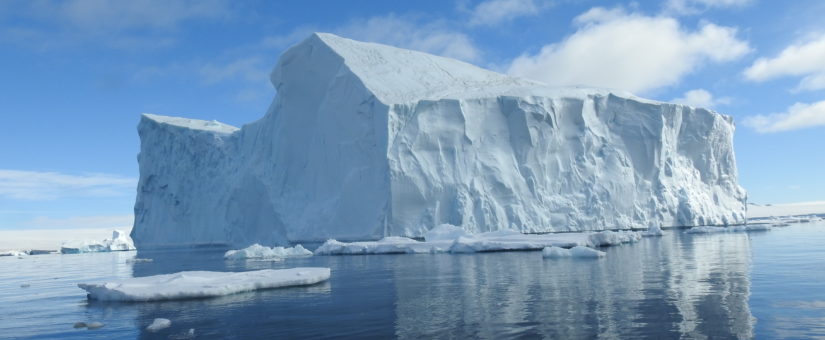
Antarctica! Plus Argentina, the Falklands and South Georgia
- On March 2, 2020
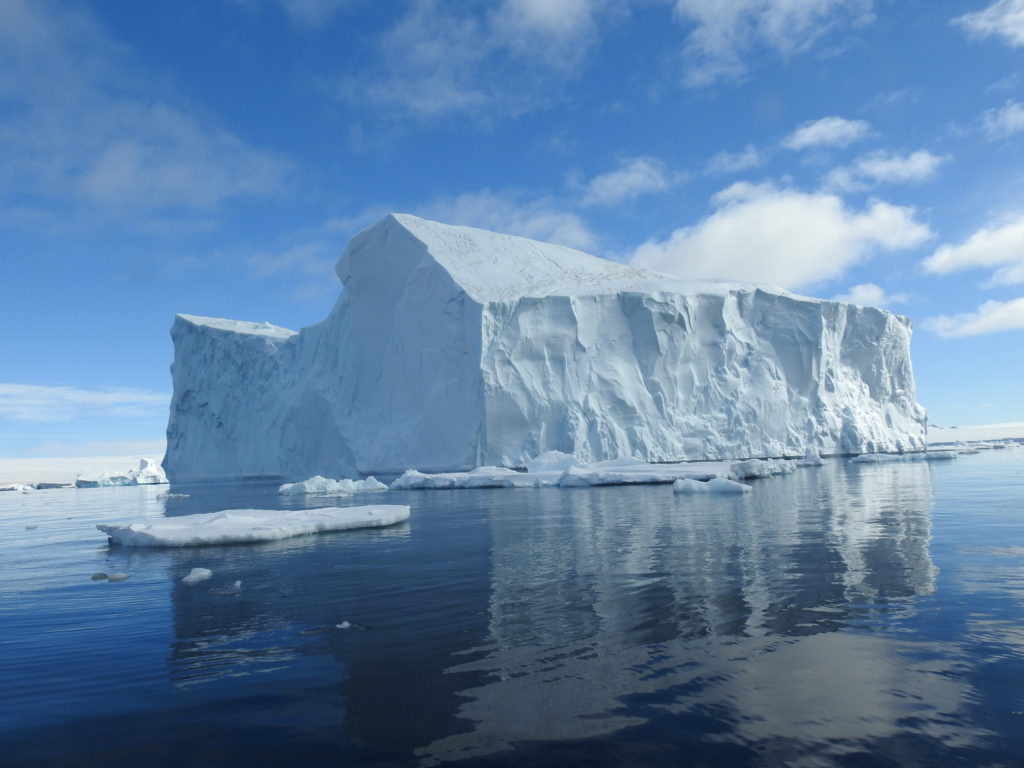
This really was a trip of a lifetime! It was full of amazing places! These are just a few of the highlights.
We began the trip by flying from Dallas to Buenos Aires and then to Ushuaia. Our friends Barbara and Dan Williams were also on this trip and the four of us explored this southernmost city in the world for a day on our own.

Dolphin Gull 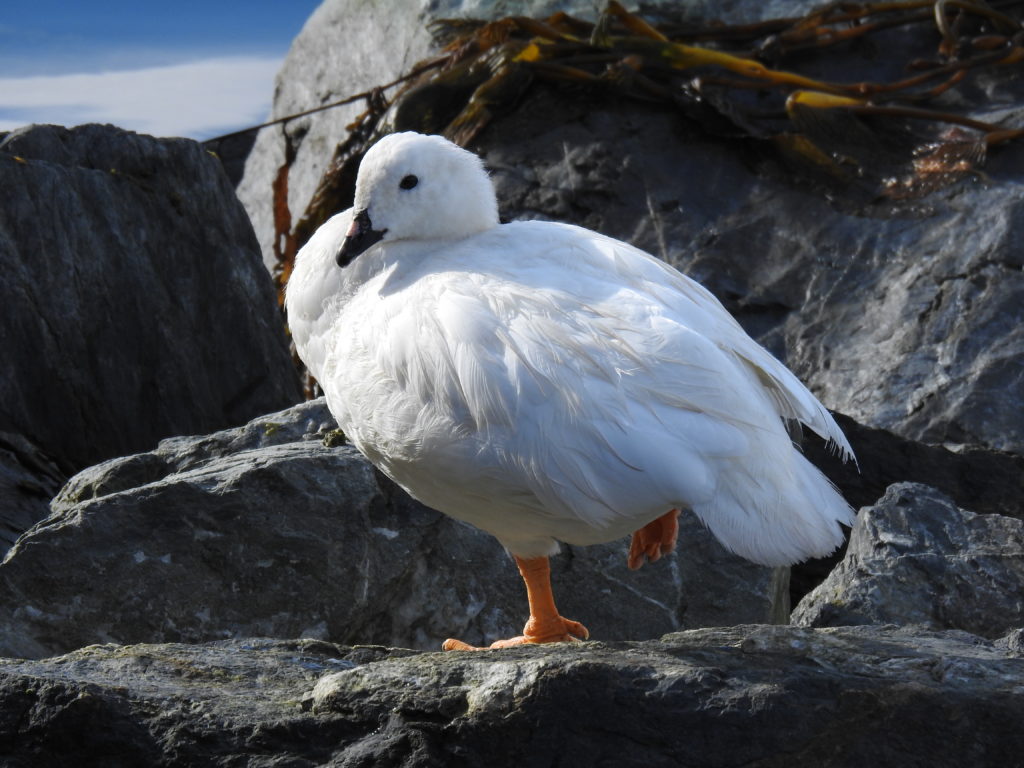
Kelp Goose 
King crab at … 
Restauran Volver, with Barbara & Dan Williams 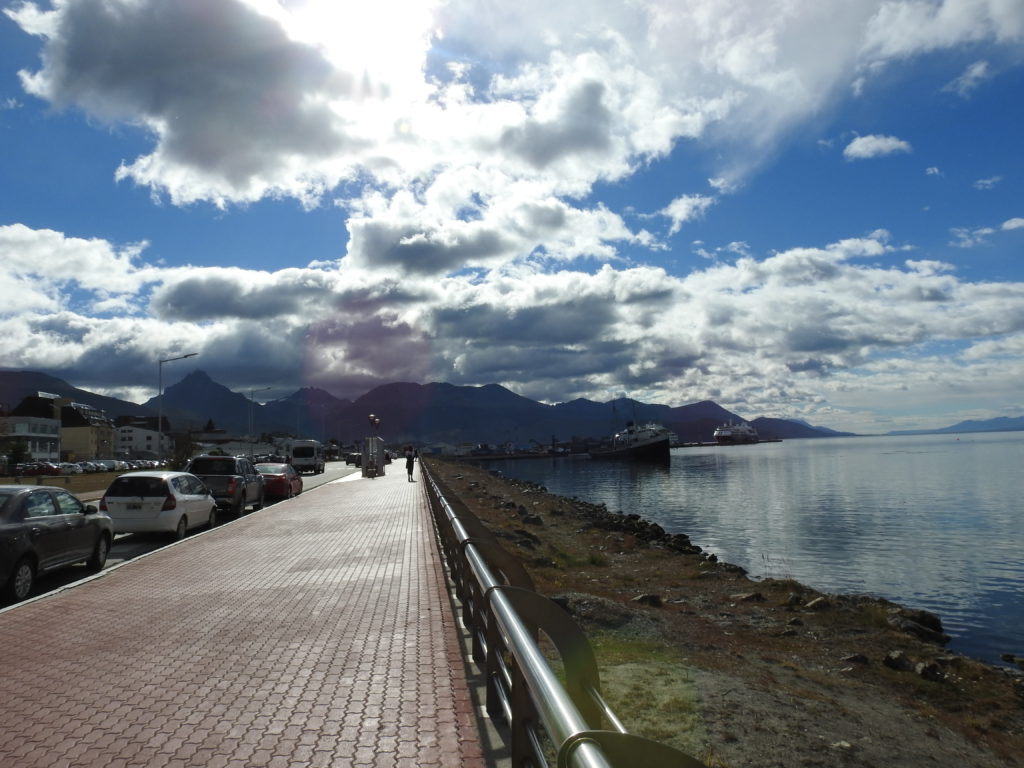
Ushuaia waterfront
We were part of a birding tour through Field Guides International. Most of the group visited Tierra del Fuego National Park, and all of us toured the Ushuaia waterfront.
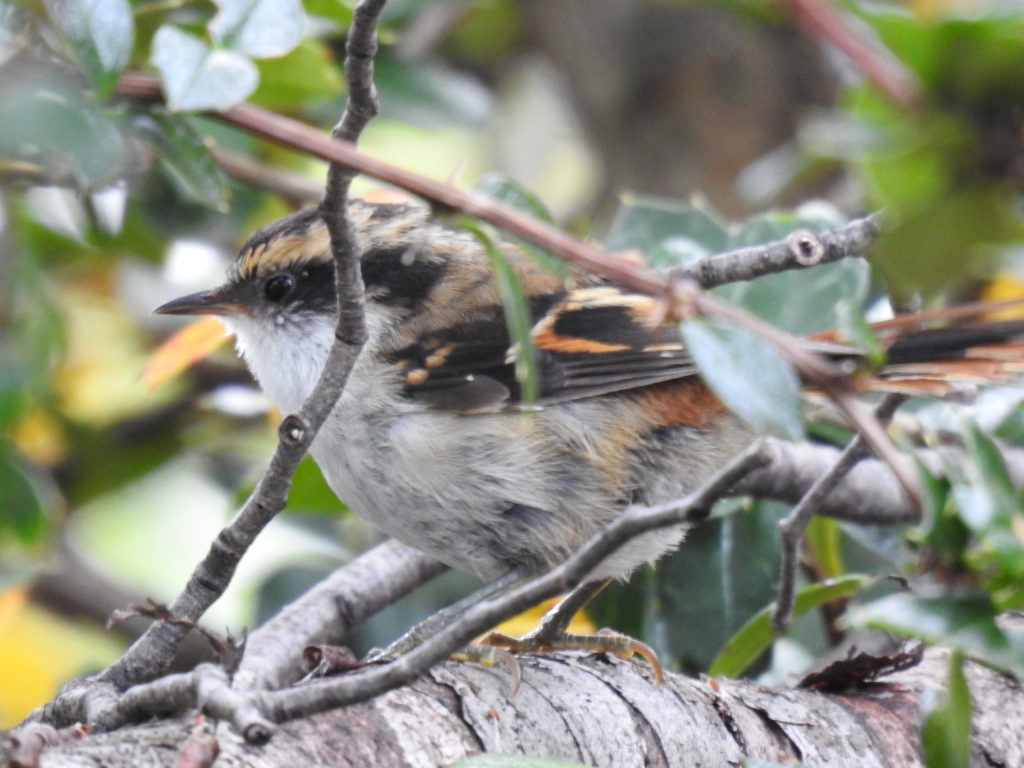
Thorn-tailed Rayodito 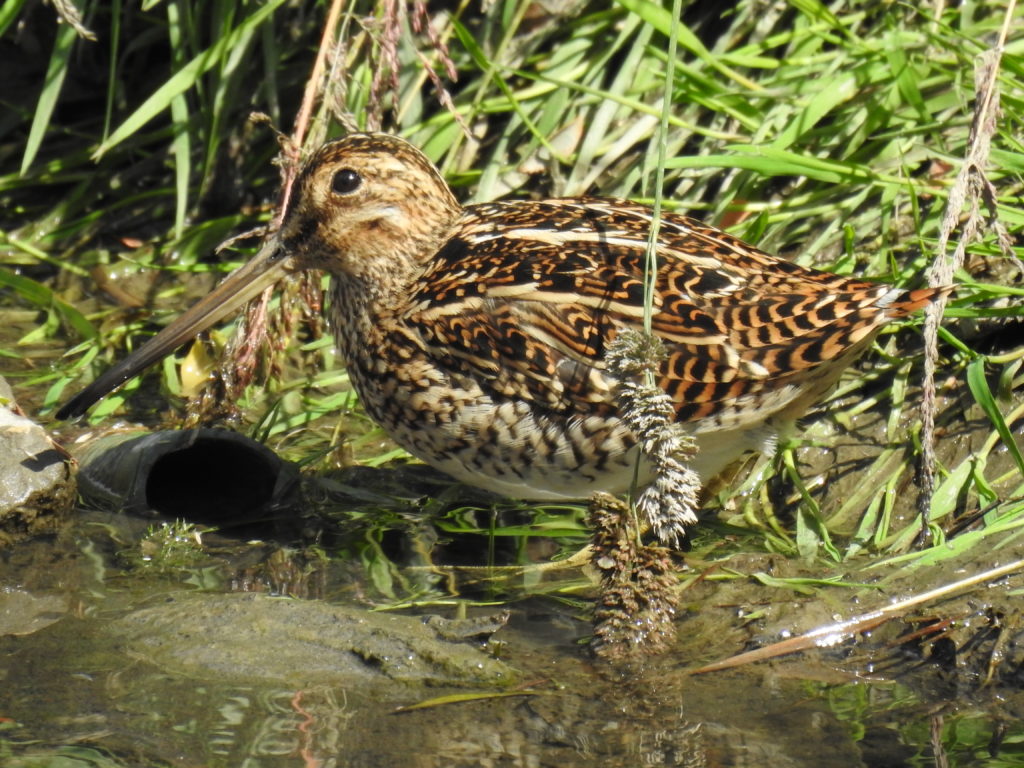
South American Snipe 
Fjords at Tierra del Fuego National Park
Bad weather prevented yesterday’s cruise ships from leaving the dock, so our arriving ship had to wait for them to move out before it could come in. As a result we boarded the m/v Ortelius late in the afternoon and departed Ushuaia after dinner.

The Ortelius is owned and operated by Oceanwide Expeditions. Its crew and scientists hail from all over the world, which gave us a great chance to learn from their many perspectives. It’s an expedition-size ship so there are only about 120 passengers. This also means the ship can get close enough in to make landings on islands and the Antarctic peninsula itself.
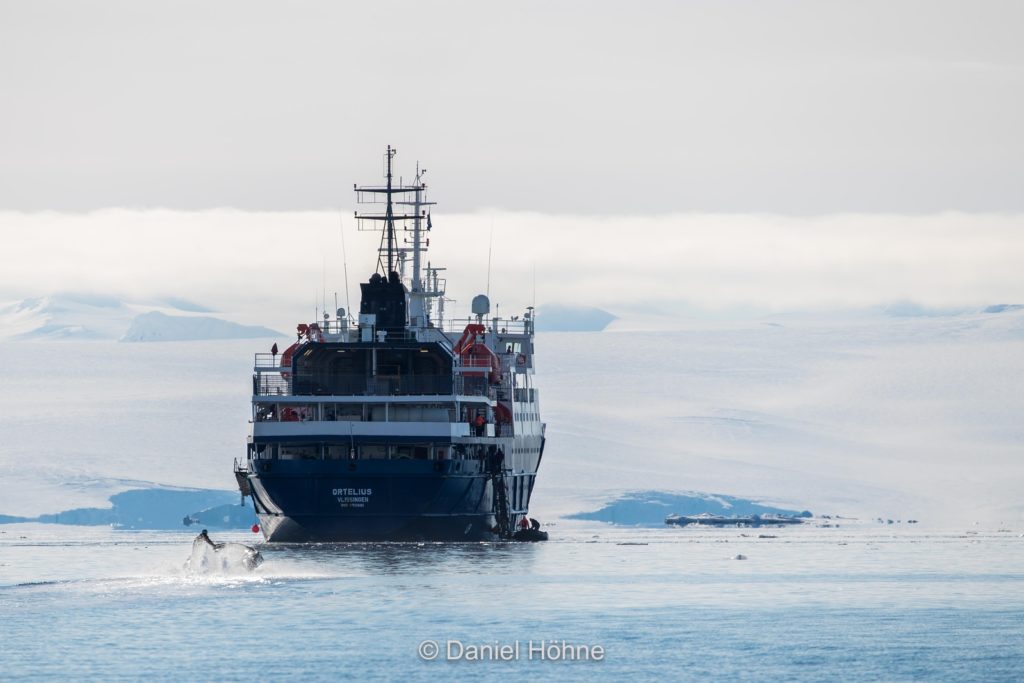
m/v Ortelius (Photo from Oceanwide Expeditions) 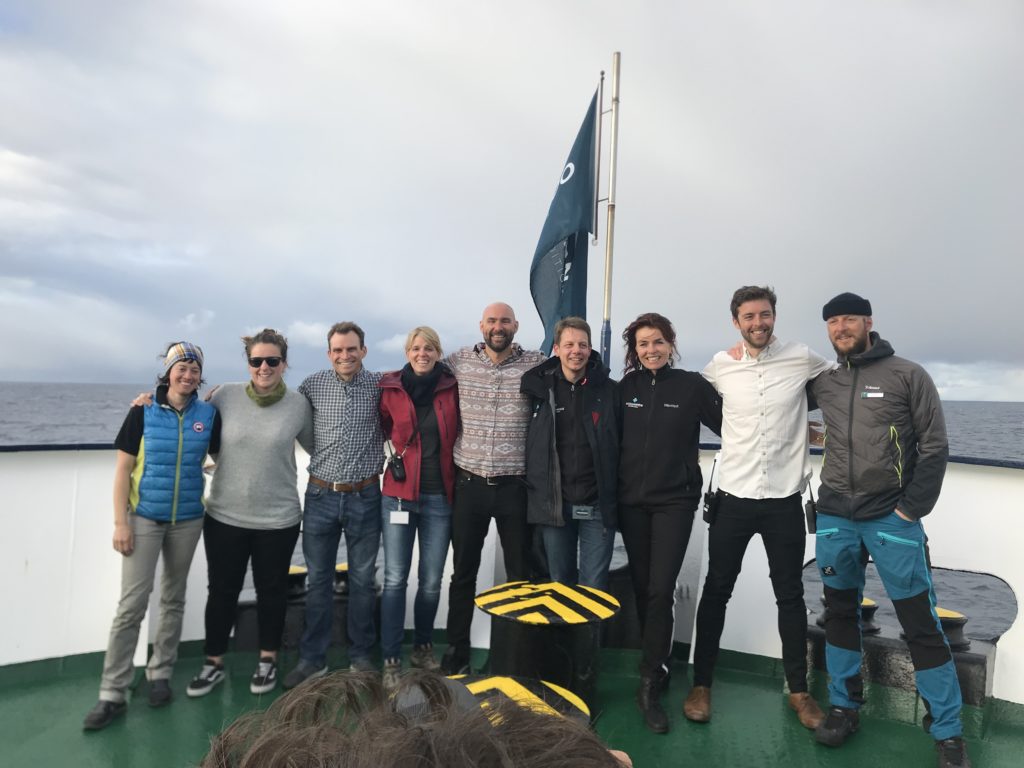
Expedition leader and guides (Photo from Oceanwide Expeditions) 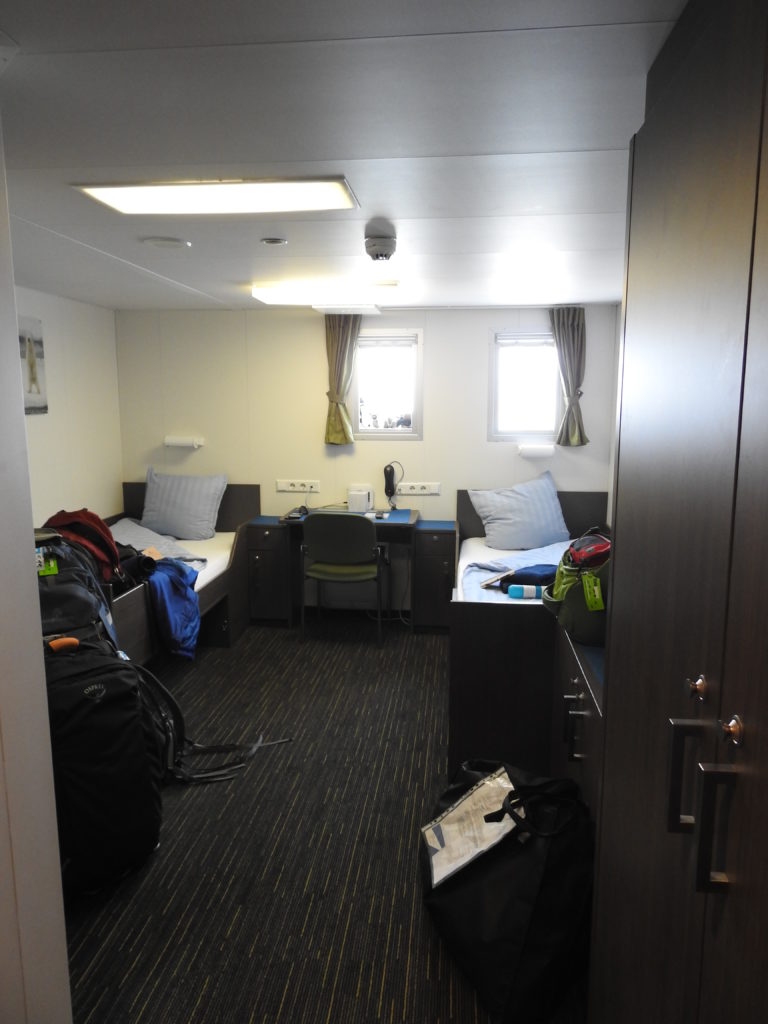
Our cabin 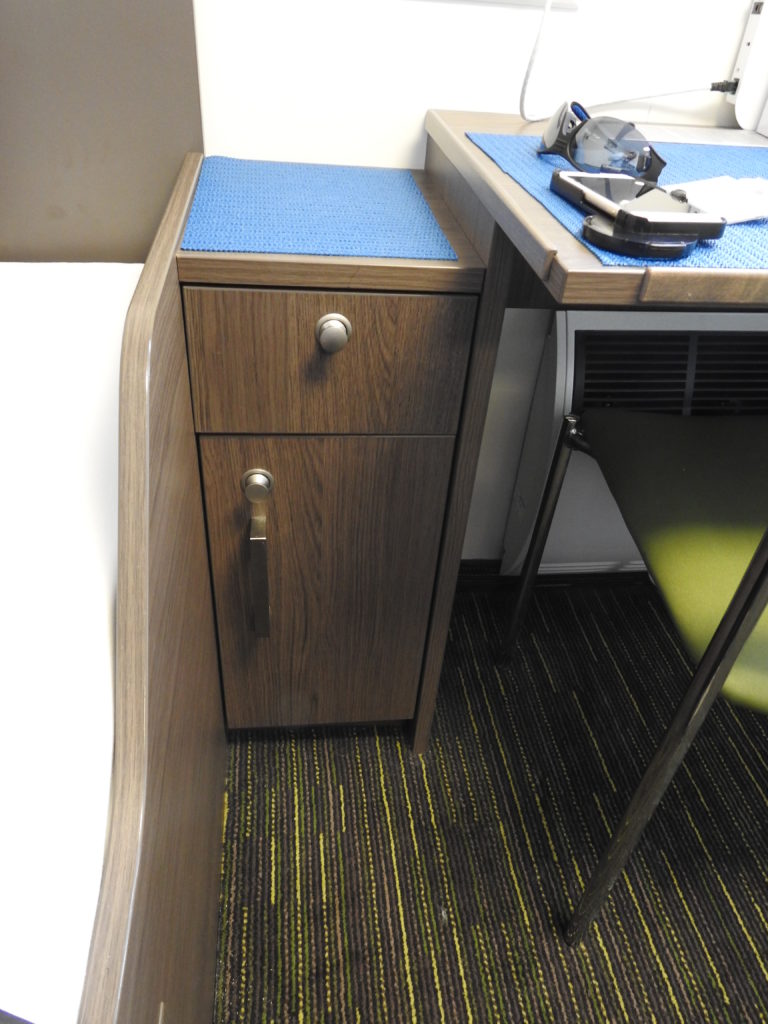

Birding on deck 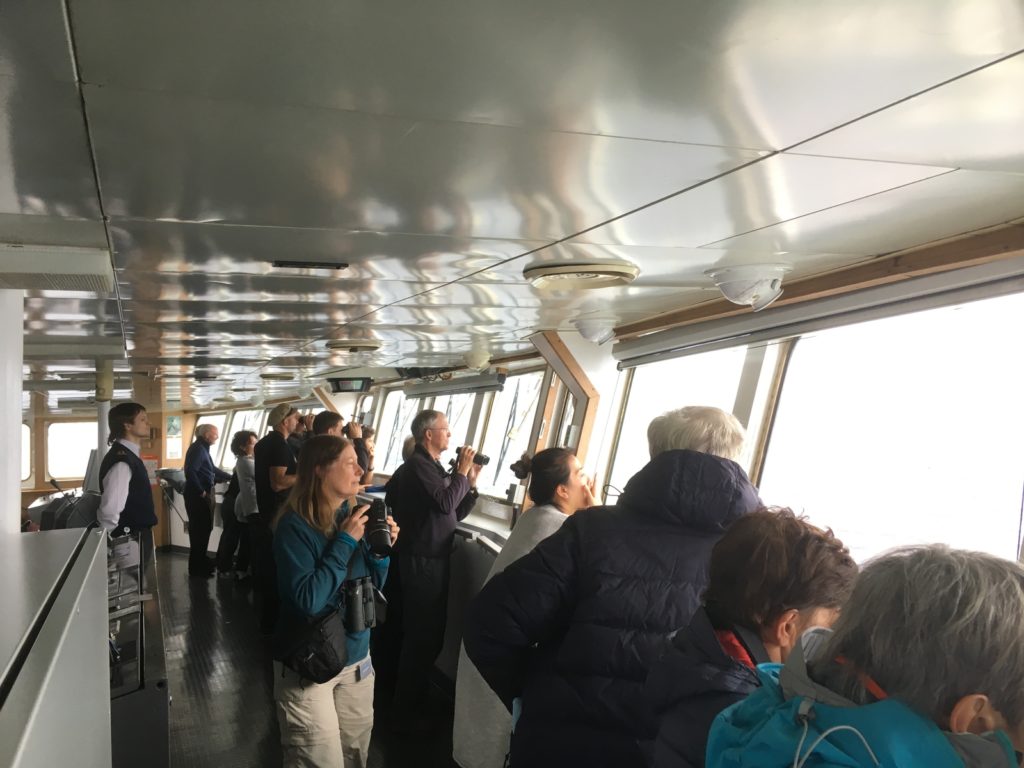
Birding from the bridge
The map below shows the general route for our trip. It’s followed by a photo of our birding group and guide.


On benches from left: Art Hulse, Charlie Askey, Kathy Drake, Alicia Hulse, Karen, Terry, Jennifer Johnson, Pat Pourchot, Barbara Williams, Dan Williams. On floor: guide Doug Gochfeld
Our first stop was the Falkland Islands. Here we began the first of many sightings of rare birds, most of which live only on one (or a few) islands. Many are highly endangered, including this very cute Cobb’s Wren seen on Carcass Island.

Cobb’s Wren 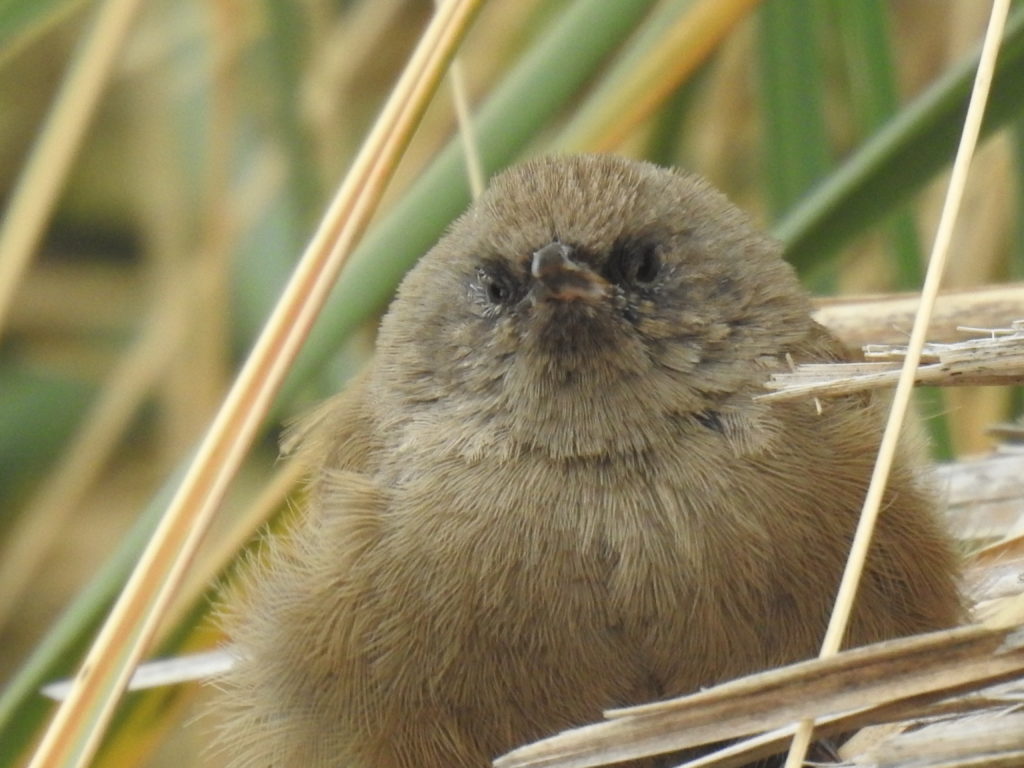
Wren fluffed out
While most of us in the U.S. don’t remember much about the Falklands War of 1982, this dispute is still alive and well down here. Note the signs from Ushuaia, Argentina (the self-proclaimed capital of Las Malvinas — Argentina’s name for these islands) and from Stanley (the capital of the Falklands).
We visited several nesting colonies in the Falklands, including those of the Black-browed Albatross and Imperial Cormorant. For some penguin species, our tour was too late to see the adults (who had already gone back out to sea) so we saw only groups in the ‘nurseries’ — this year’s young who will all go to sea together after they finish moulting their ‘baby’xx feathers.
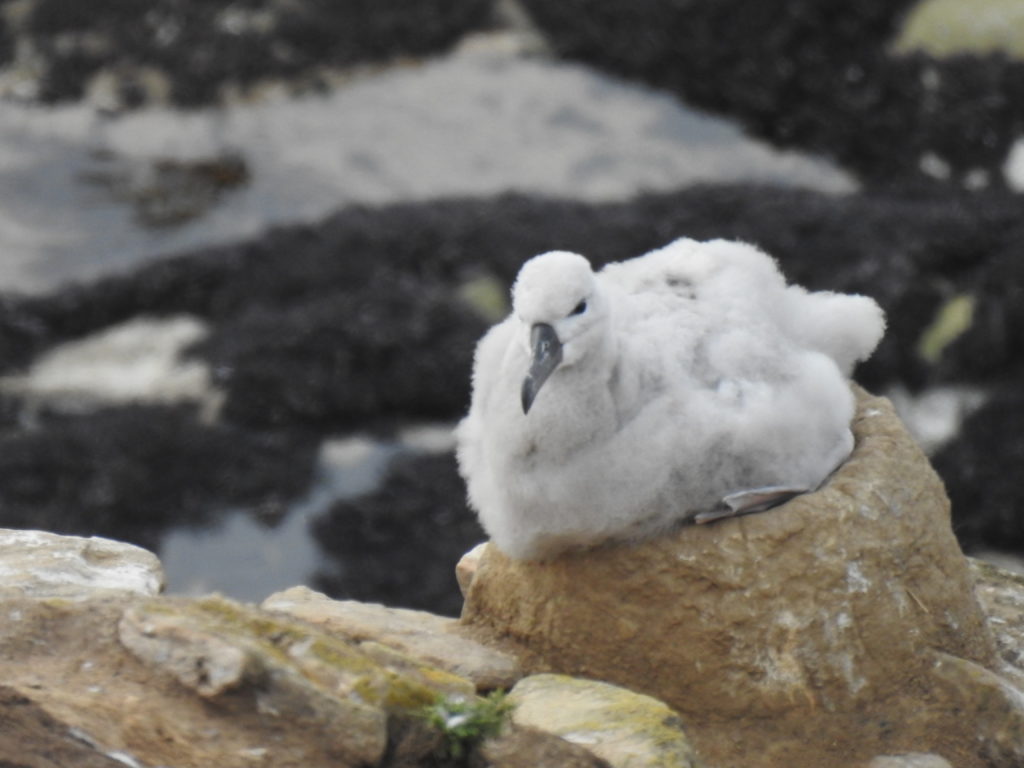
Baby Black-browed Albatross 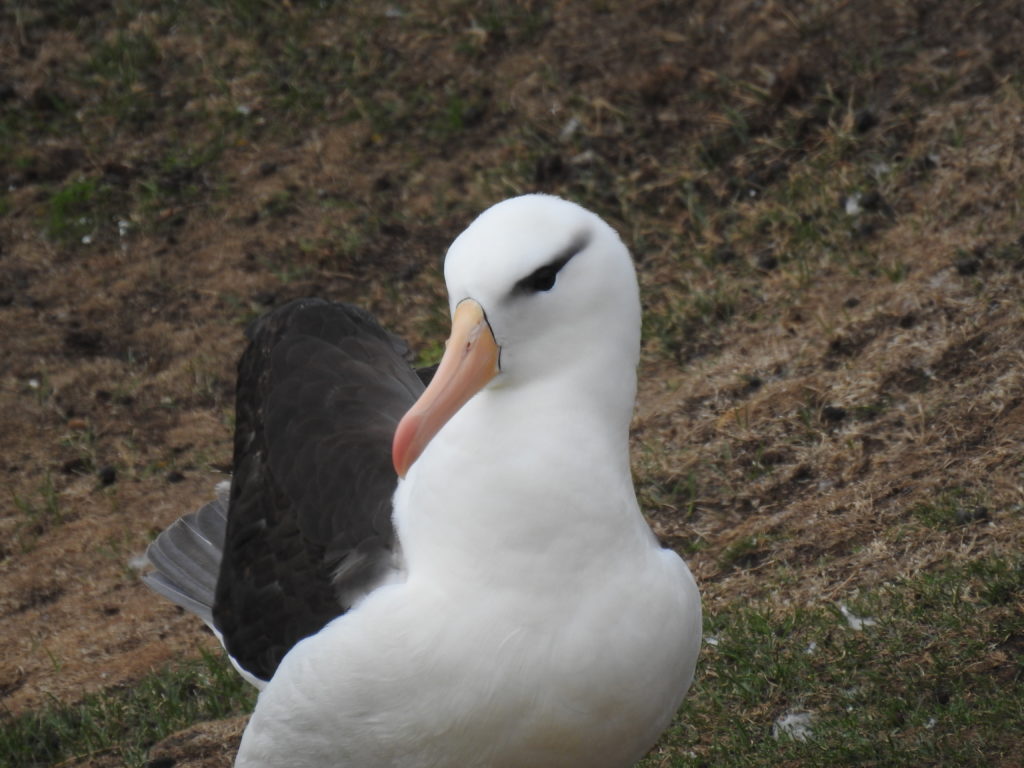
Adult — note the black brow 
Imperial Cormorant 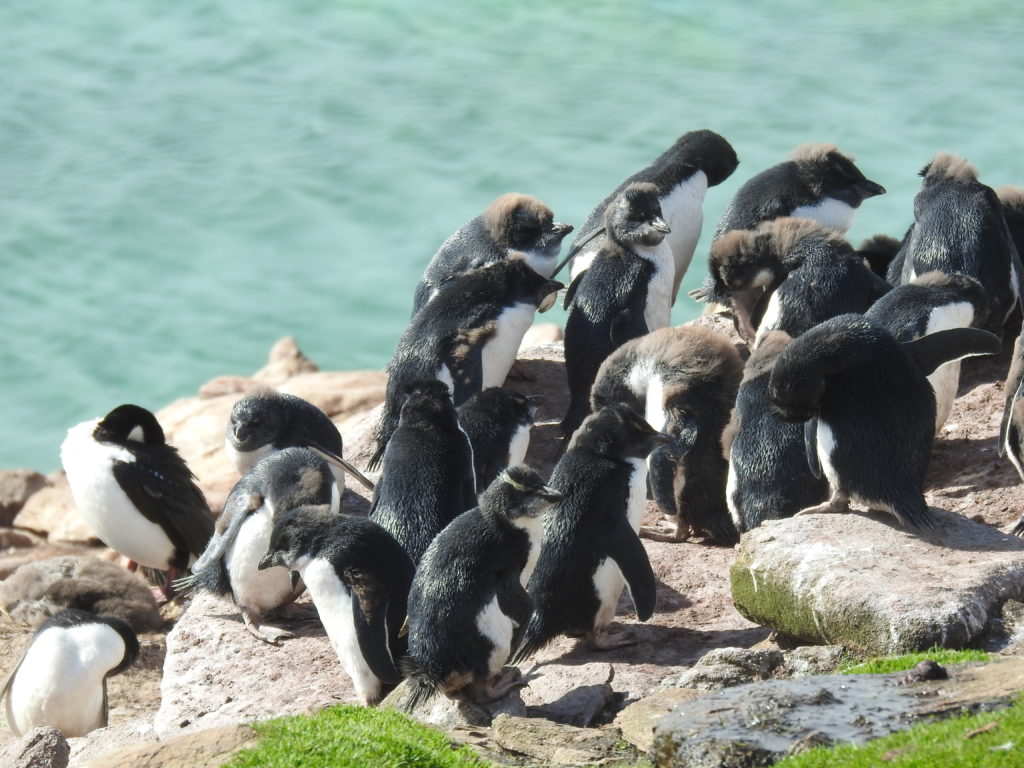
Juvenile Rockhopper Penguins in nursery
Most days we made morning and afternoon landings in different locations or on different islands. Each landing involved climbing down stairs and into small, 12-person inflatable boats with motors — the Zodiacs.
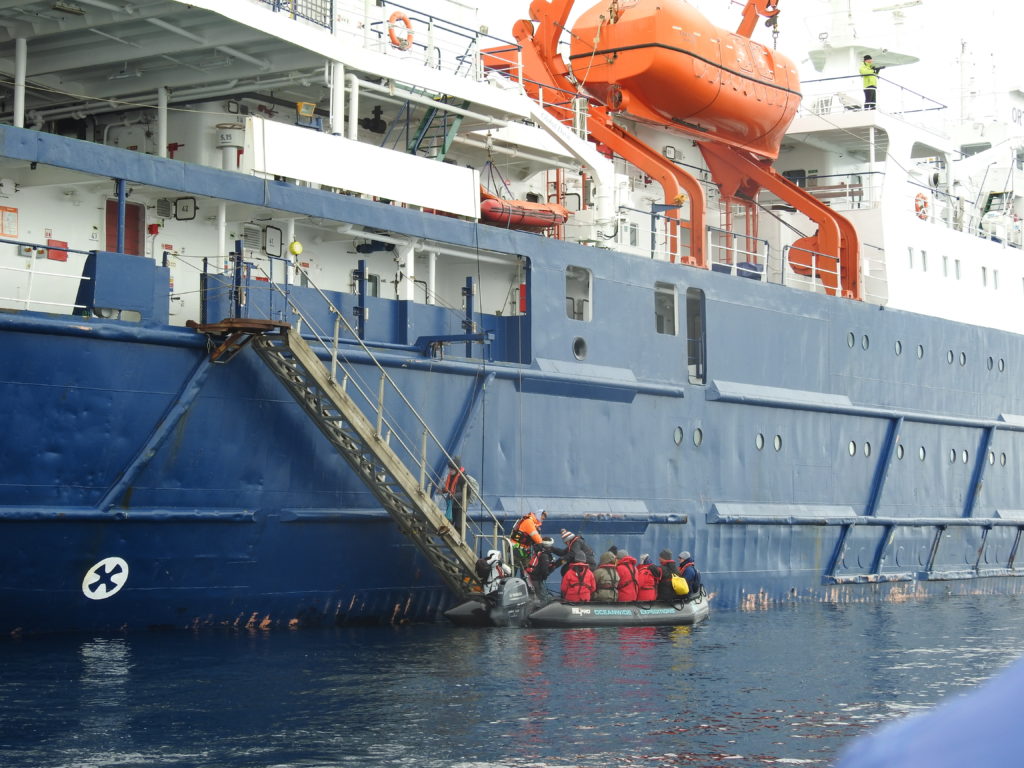

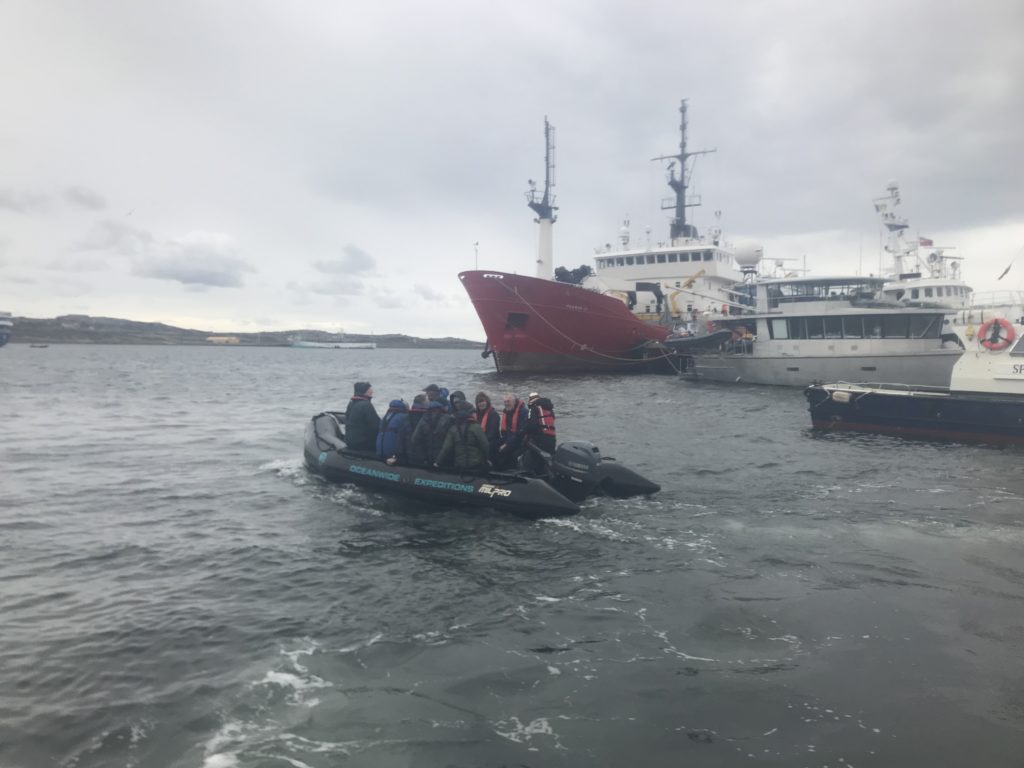
Zodiac (Photo from Oceanwide Expeditions) 
A rough ‘wet landing’ 
Are the penguins coming too? 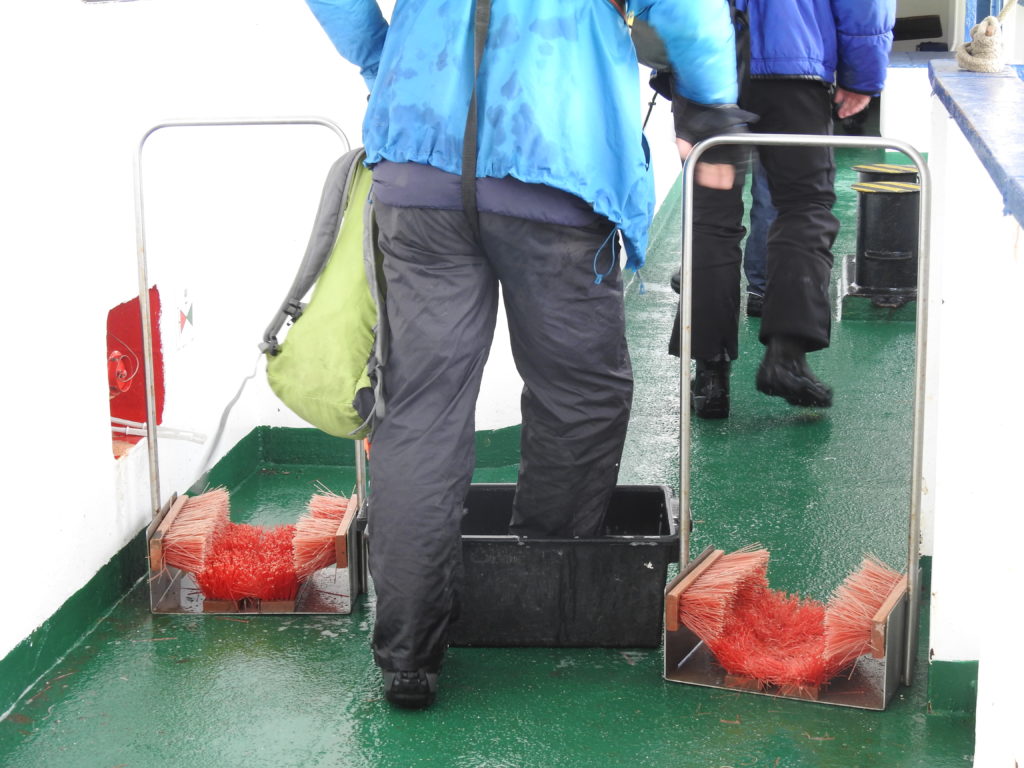
Boots must be disinfected after each excursion
We had our first encounter with King Penguins in the Falklands. These penguins stay on land throughout the year and live in enormous colonies. They are unbelievably cute and fascinating!
Our next destination was South Georgia. It has had lots of problems due to introduced invasive species. So before you land there you go through the most intensive biosecurity screening we’ve ever experienced. Each person has to vacuum out every bit of their gear to be sure they’re not accidentally bringing in seeds or insects. The crew members come around and tell you if you’ve cleaned the velcro on your jacket pockets enough!
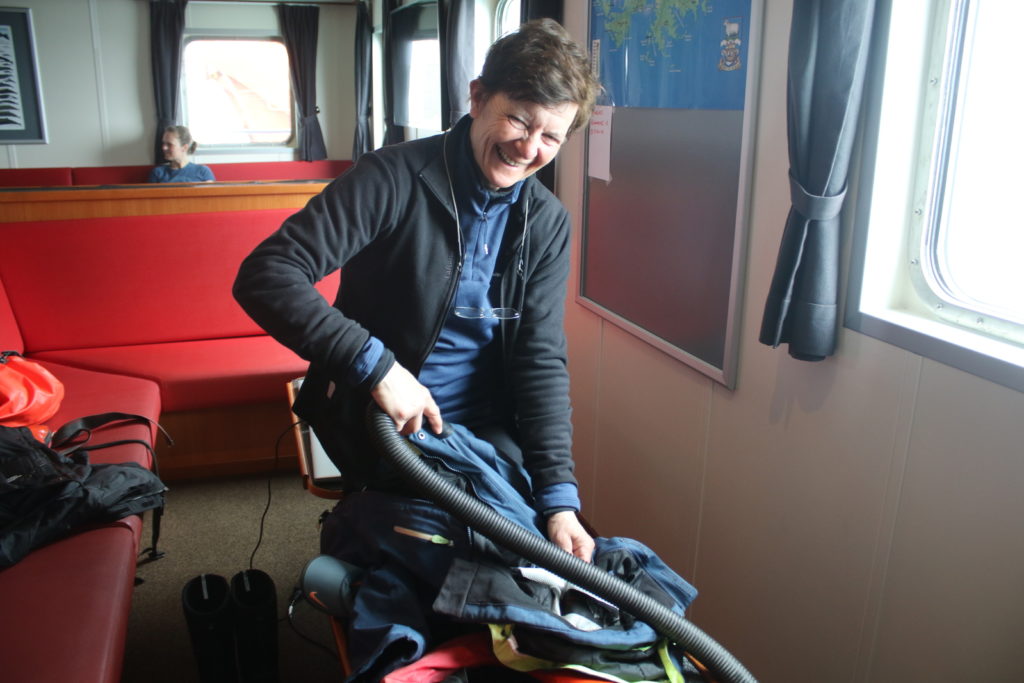
The first South Georgia stop was Grytviken. It was the first whaling station here, begun in 1904. By the time the station closed in 1965, over 175,000 whales had been killed and butchered at this one station alone. Appalling! Before whaling began, Cumberland Bay (seen below) was full of whales. Now we saw none there.
The colonies of the Wandering Albatross are in South Georgia. Their 12-foot (!) wingspan is the largest of any bird. They spend xx months of the year on the wing or on the ocean, coming to land only to lay eggs and hatch chicks.
A second penguin species we saw often is the Gentoo. These curious creatures live on many of these islands in large year-round colonies. You can never have too many of these guys!

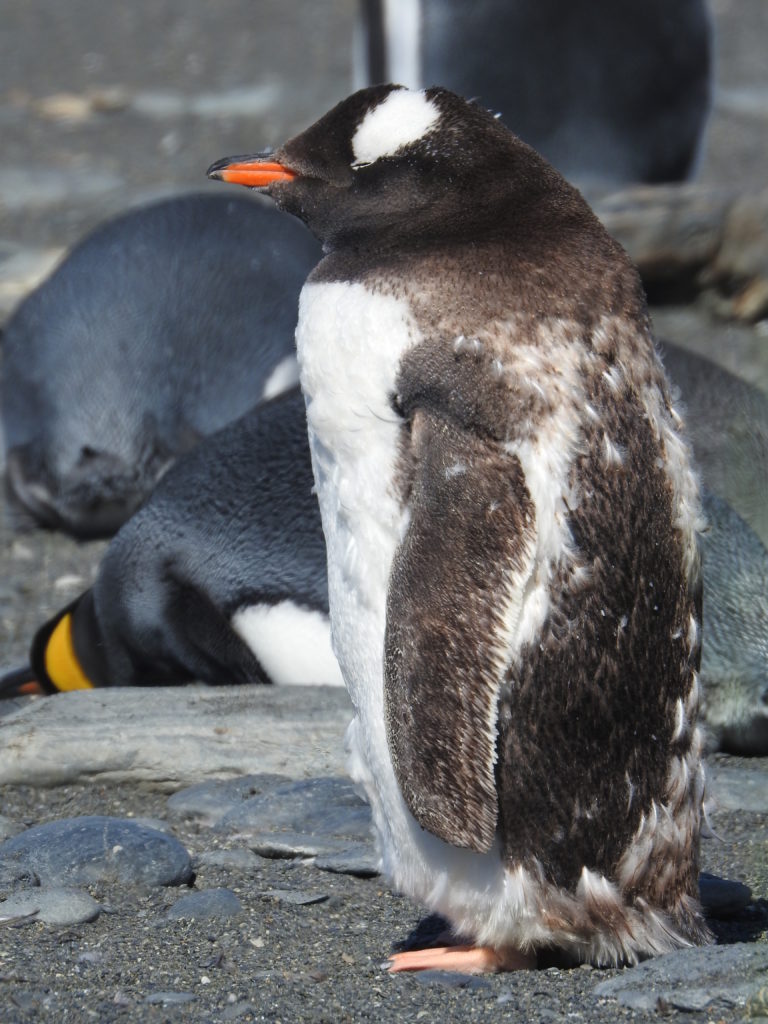

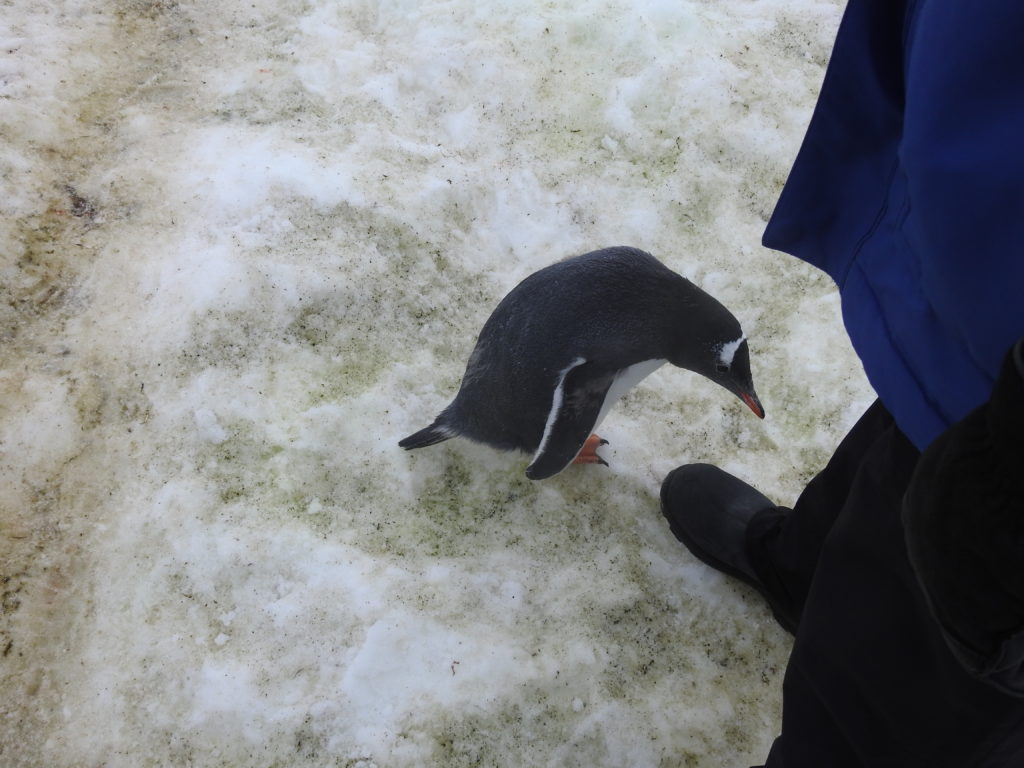
Gentoo exploring Terry’s boot
Penguins were not the only wildlife here. Other birds included the Brown Skua and the Sheathbill. Then there are the seals, which look very cute but can get aggressive.
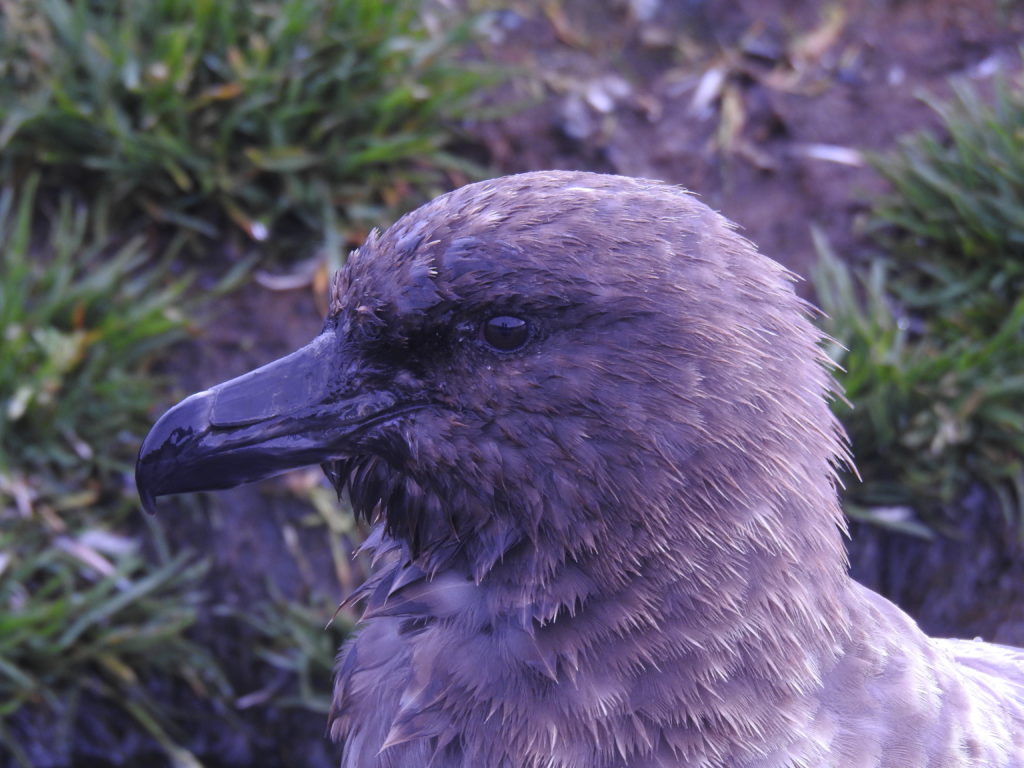
Brown Skua 
Sheathbill 
Endearing … 
… but ferocious fur seal pups
On our last day in South Georgia, the Captain and Expedition Leader were concerned about a major storm heading our way. So we went out three times — getting up at 4:30 for a landing at Cooper’s Bay before breakfast, then a second landing at Gold Harbour in the morning and a third landing at St. Edward’s Bay in the afternoon.
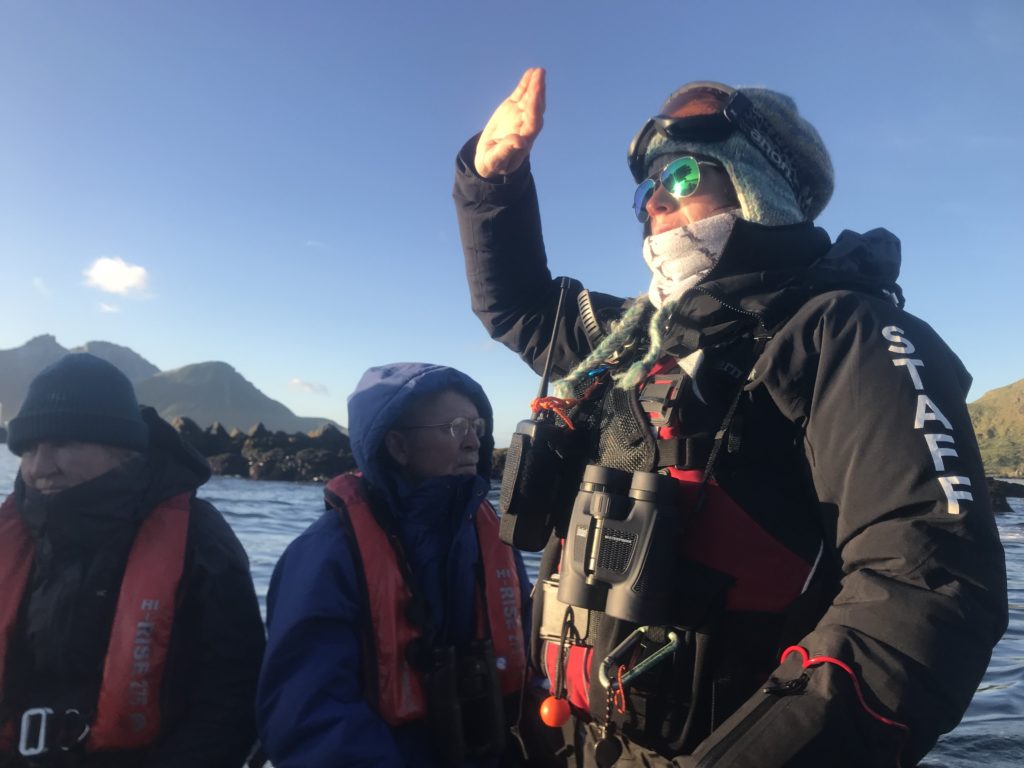

King Penguin colony 

King penguins with elephant seal 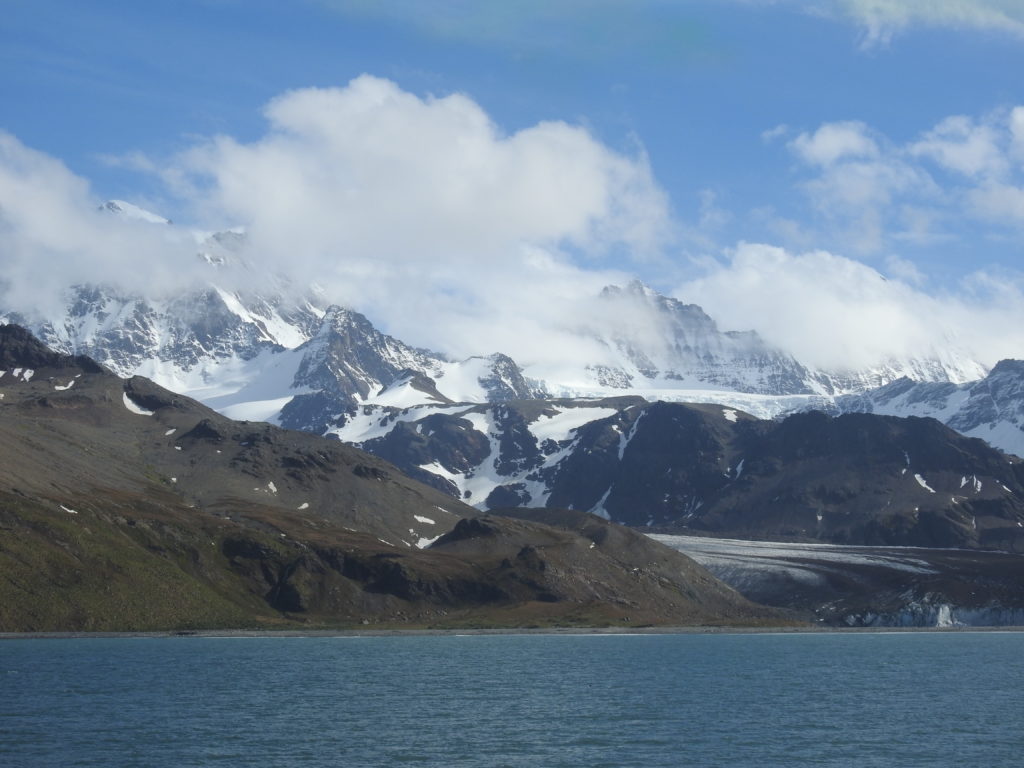

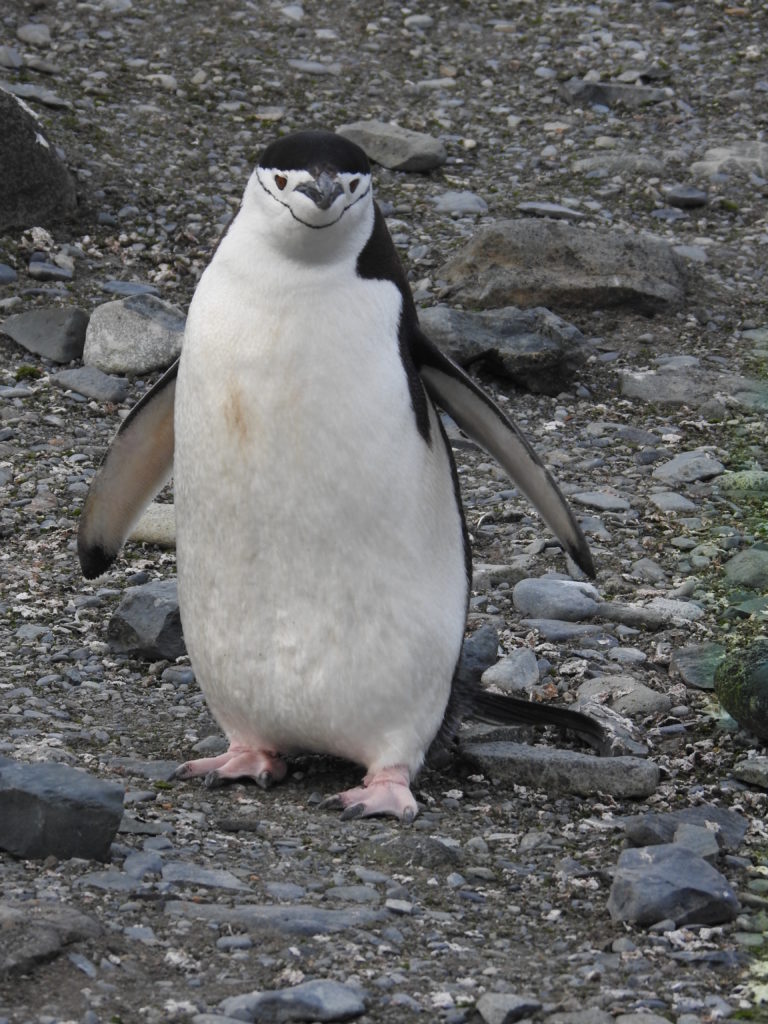
Chinstrap Penguin 
It’s lucky we did that, and left South Georgia early, because the storm was indeed a bad one. Even being ahead of the worst part, we had hurricane force winds during our crossing of the Scotia Sea! The decks were closed for 1 1/2 days. We didn’t get seasick though many others did.
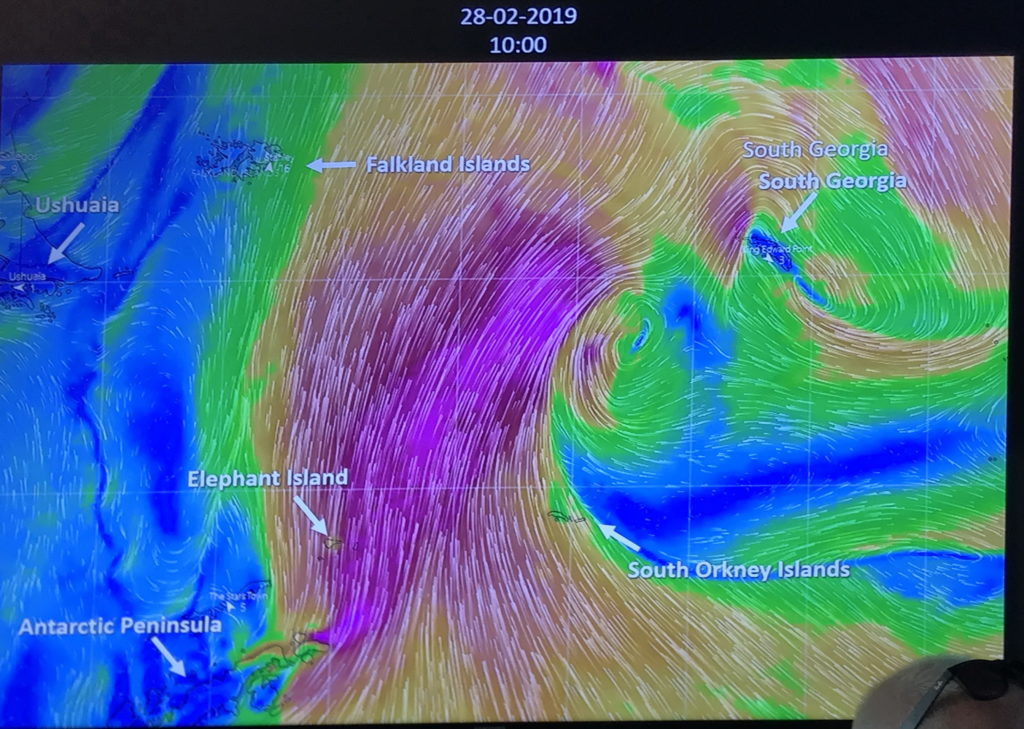
Finally, we made it past the storm and the sun came out as we approached the Antarctic peninsula. We landed at Brown Bluff on the morning of March 1st. Now we have visited all seven continents!
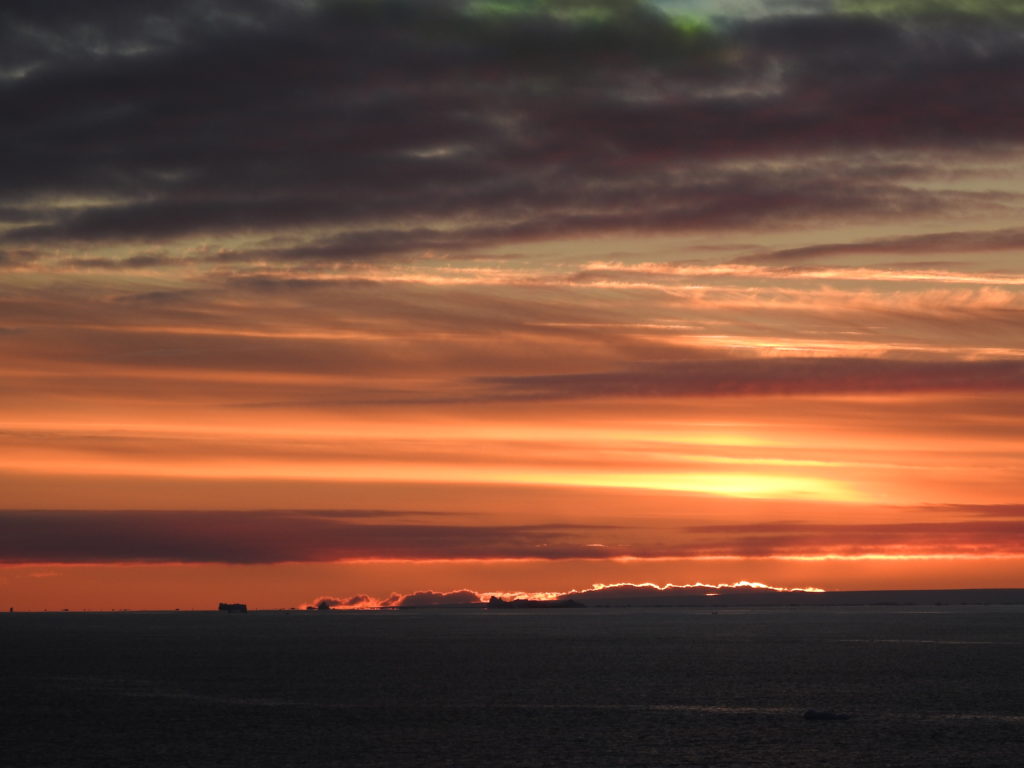


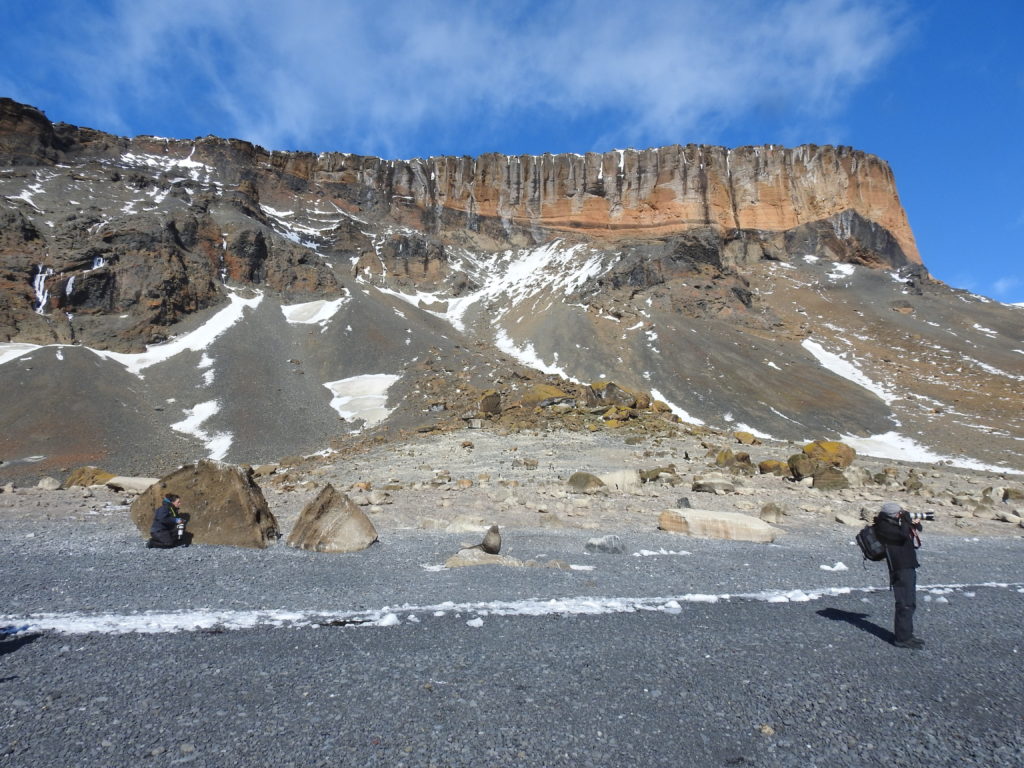
Brown Bluff 
On the Antarctic continent! 
Adelie Penguin
Several more days were spent with landings on the islands close to the Peninsula and traveling through the Antarctic Sound. Here are a few highlights.
Throughout the trip, scientists on board made presentations about many different topics. On the subject of climate change, we heard from a glaciologist and another researcher who’s been part of studies that require overwintering in Antarctica. Their conclusions are that we are already past the tipping point for the West Antarctica ice sheet and it’s just a matter of when it will slide into the ocean. When it does, sea level is predicted to rise 3 to 6 meters (or about 9 to 20 feet).
One of our last stops was in Port Lockroy, the British base that was part of a secret operation during World War II. It’s hard to imagine the situation for people living here back in those days of very, very basic technology and supply chains. This is the furthest-south customs station — you sign your name in the book and stamp your own passport!
In the bay off Port Lockroy we had our closest encounter with one of the big Antarctic predators. Leopard seals are about 11 feet long and can weigh up to 1,300 pounds. They eat krill, fish, seals and penguins. They can be very aggressive and have been known to attack the occasional human who’s floundering in the water looking like a young seal. They also bite the Zodiacs. This one was particularly interested in the Zodiacs, and came in for a close look at Terry (his girlfriend, he thinks)! (His jacket is the blue patch you see in the bottom right corner.) Luckily none of us leaned out from the Zodiac or we might have provided lunch.
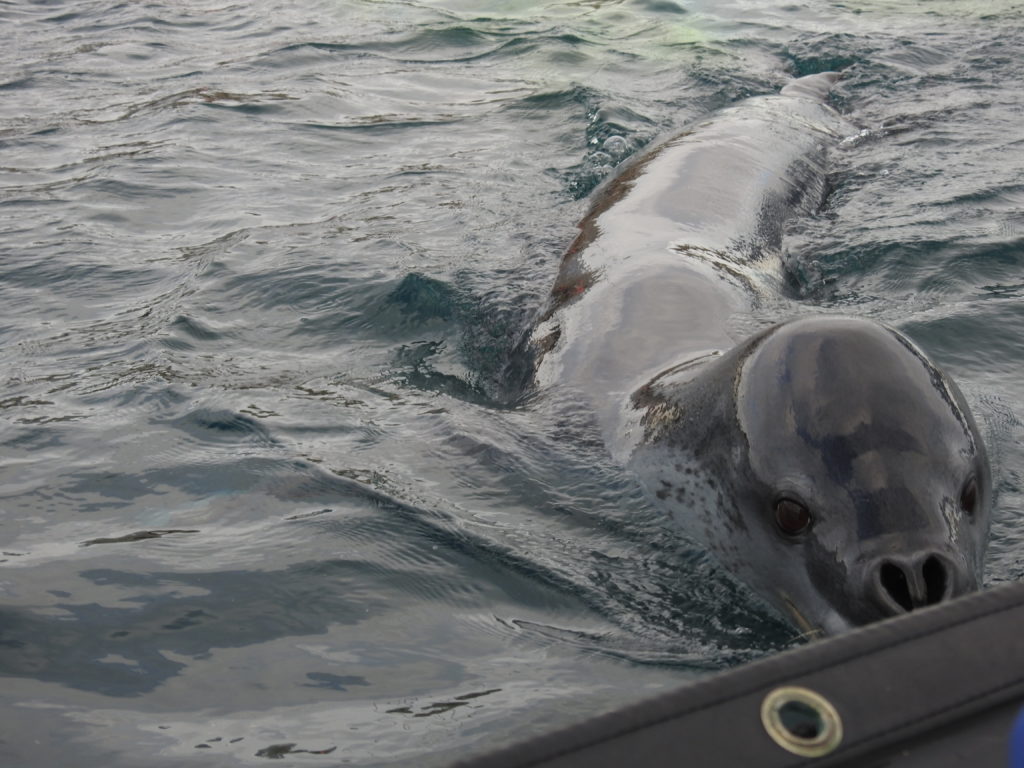
Our last Zodiac cruise was to Danco Island. We had great whale sightings here, and passed by the Astrolabe needle.
The Drake Passage, between Antarctica and South America, can be one of the roughest seas in the world. But we got the opposite experience. The “Drake Lake” was calm and smooth on our crossing.
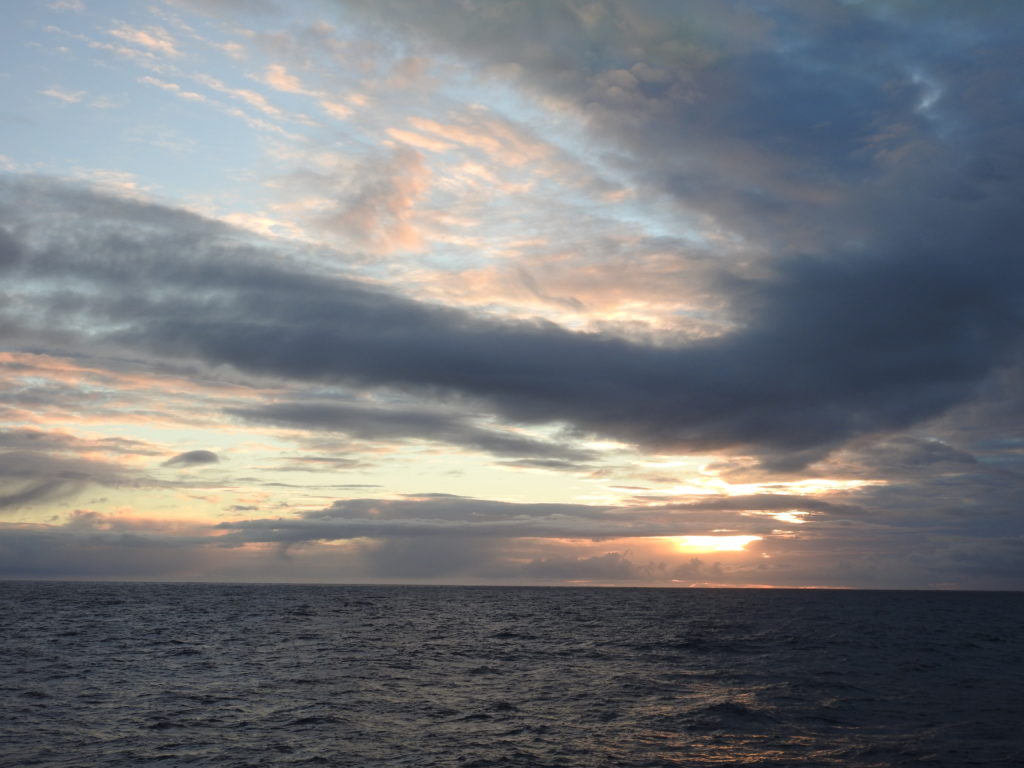
We landed back in Ushuaia and said our goodbyes to our friends on the tour. Then we went up to the Hotel Arakur Ushuaia. We had a lovely room overlooking the bay. In fact, we watched as ‘our’ Ortelius sailed out again with its next group of passengers. The hotel is in a nature reserve so we explored that during the day. We had one more delicious crab dinner at Resto Maria Lola, a restaurant recommended by our nephew Tyler.
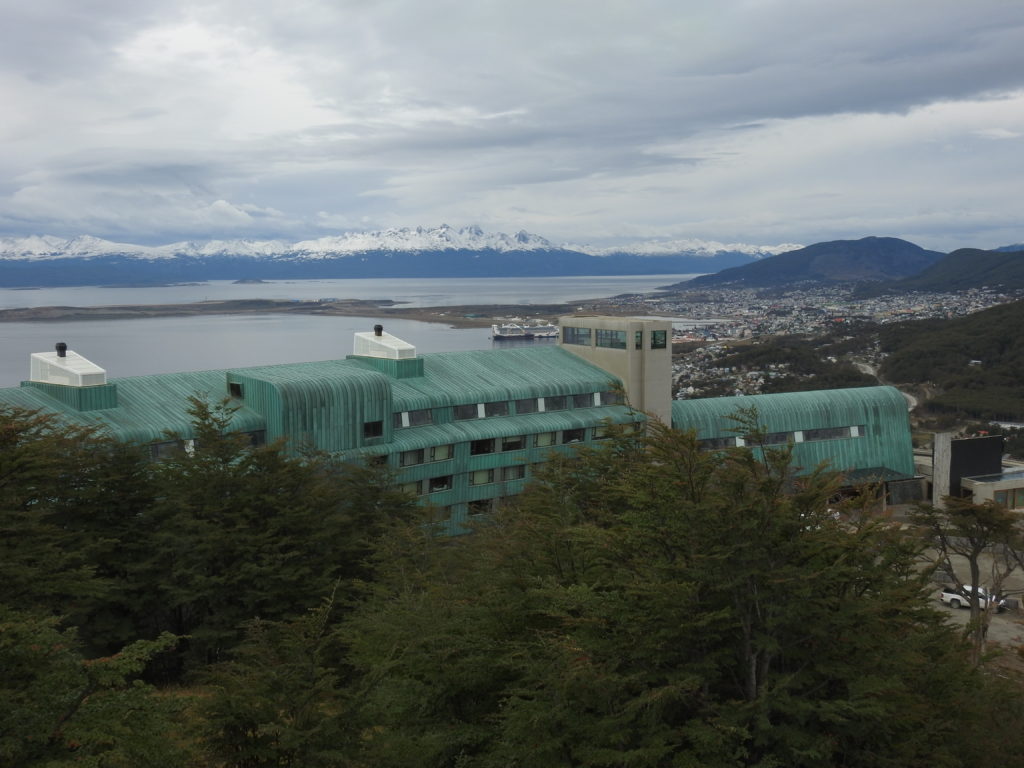
Hotel Arakur Ushuaia 
The next trip for the Ortelius 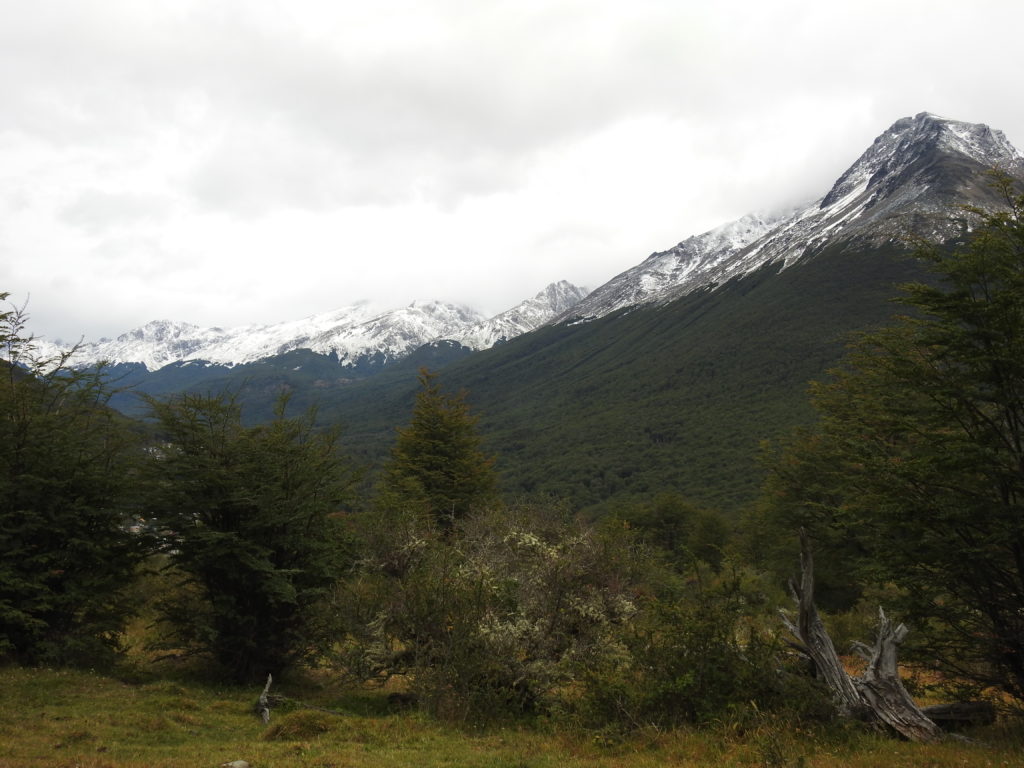
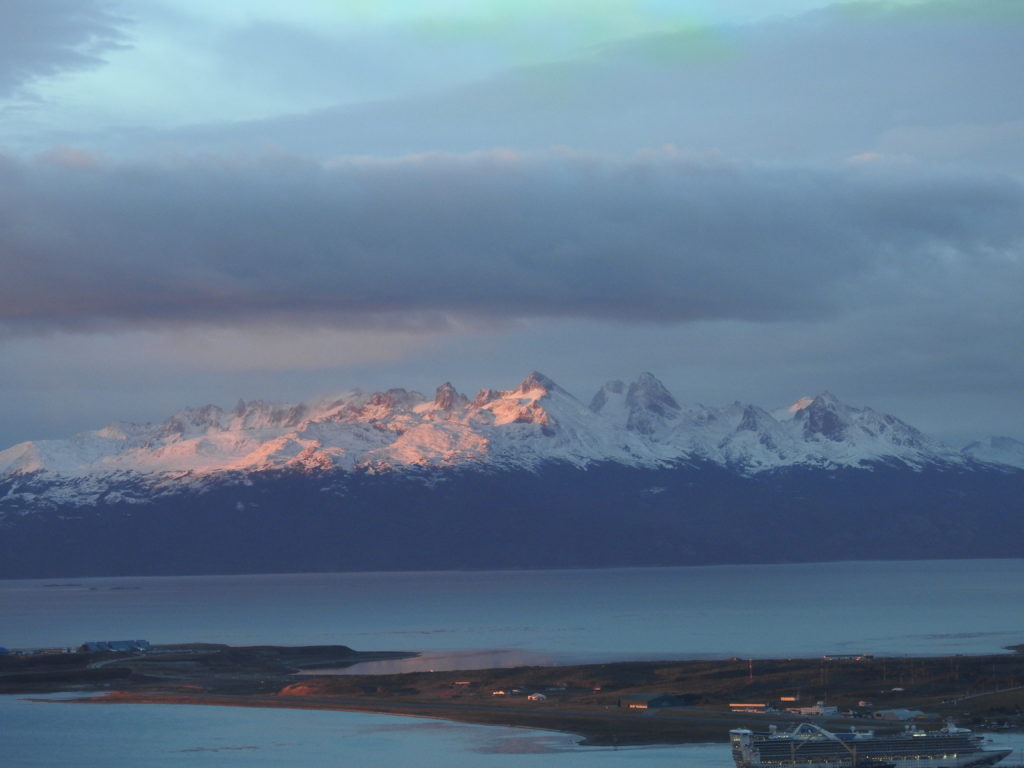
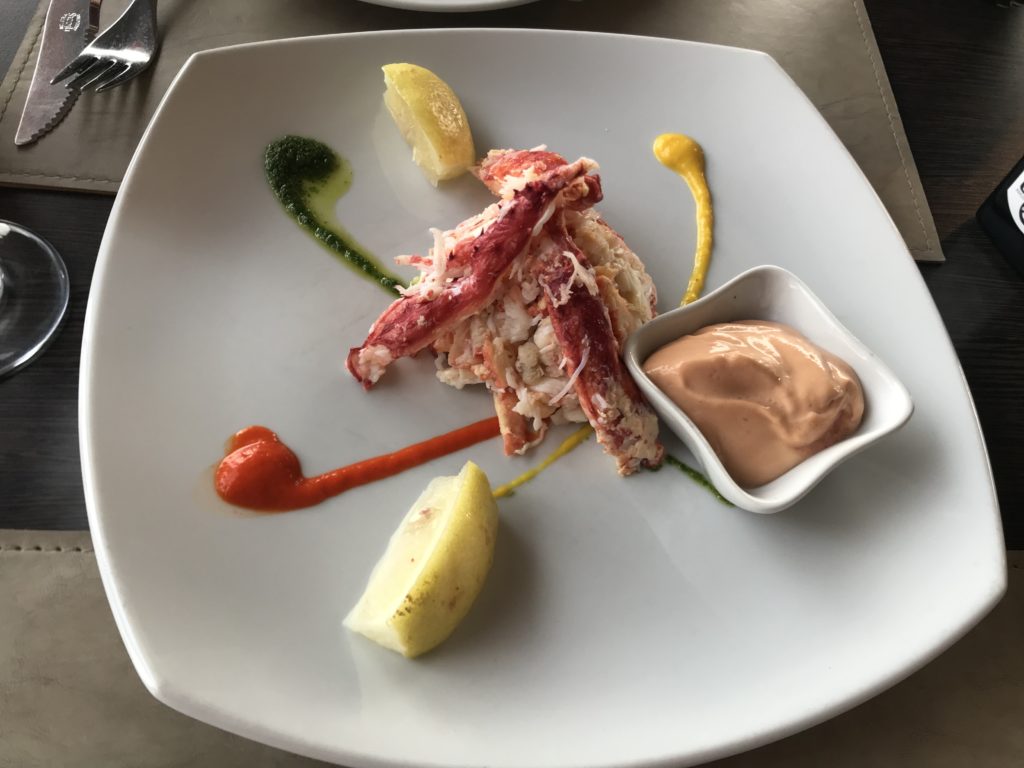
More delicions crab … 
… at Resto Maria Lola
Finally it was time to return home. We left Ushuaia, flew over the Andes, changed planes in Buenos Aires and landed in Dallas early on March 10th.

Ushuaia 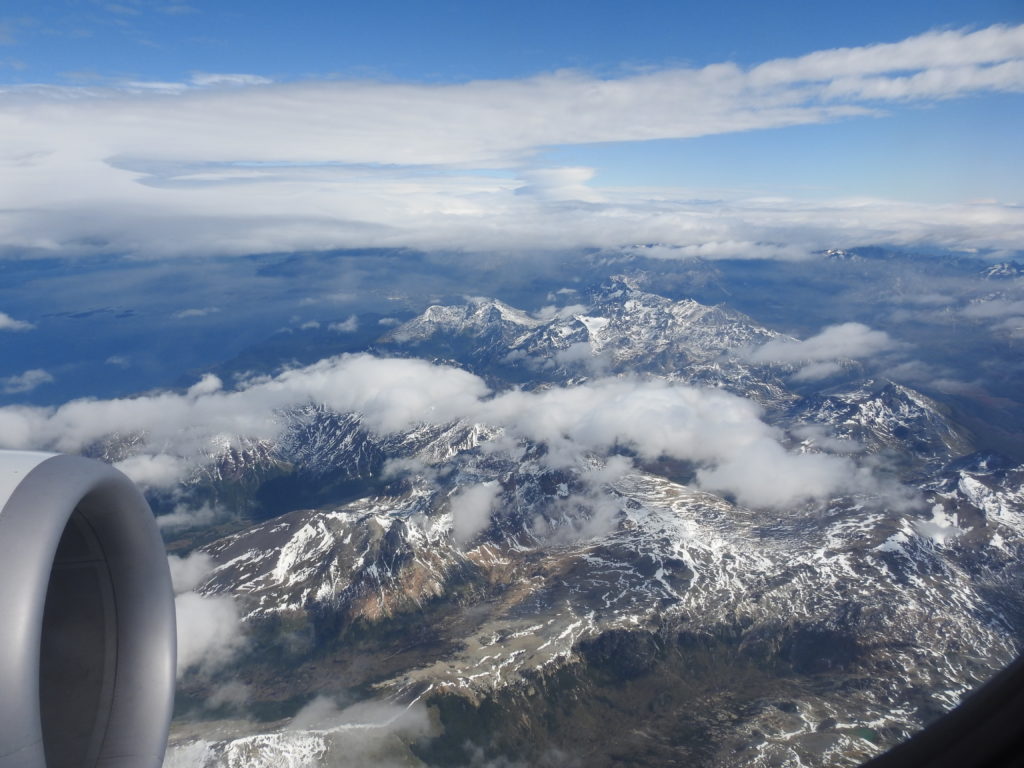
Over the Andes 
Buenos Aires
What a fantastic trip!
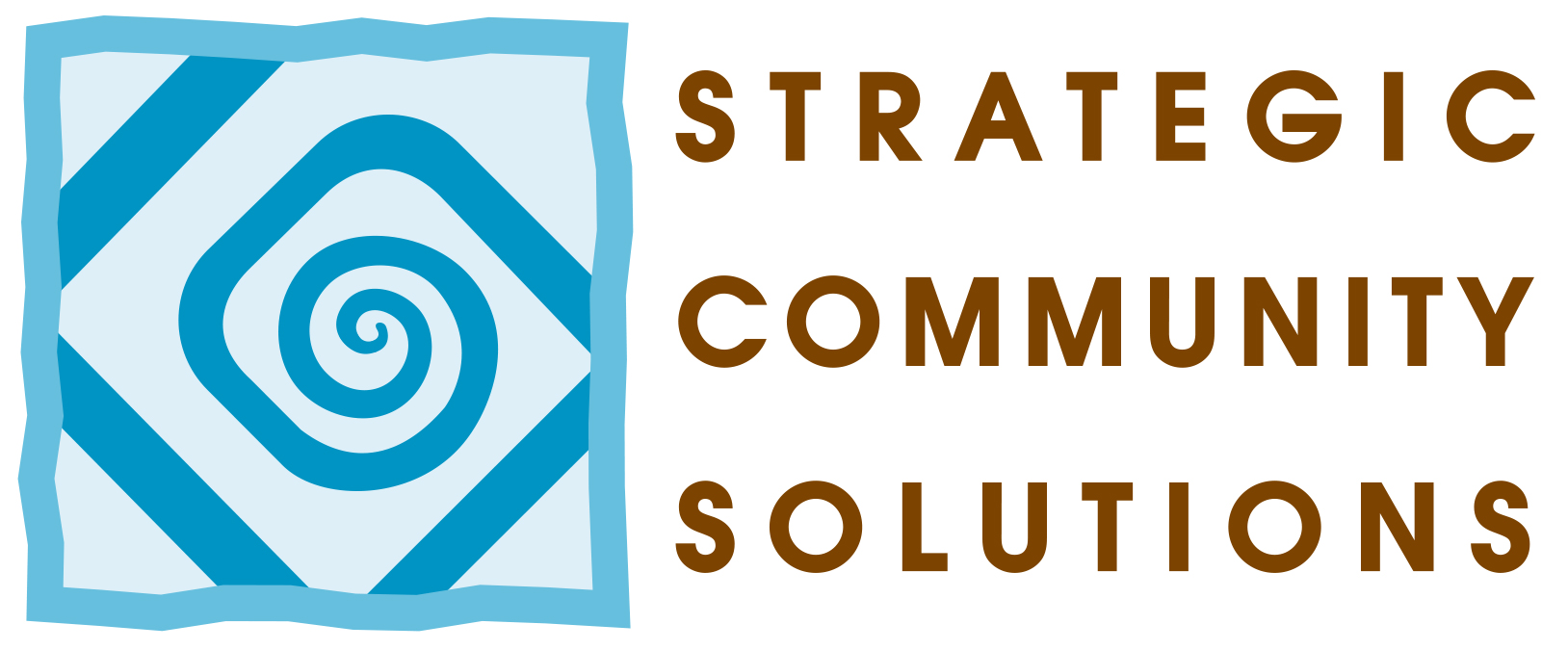





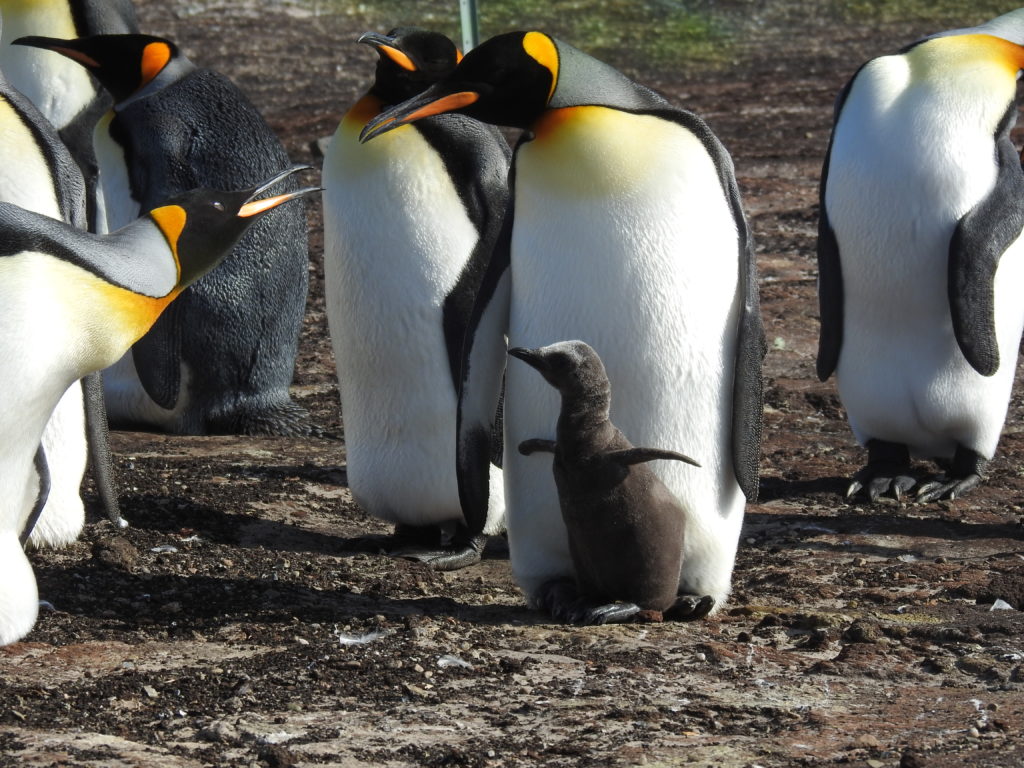
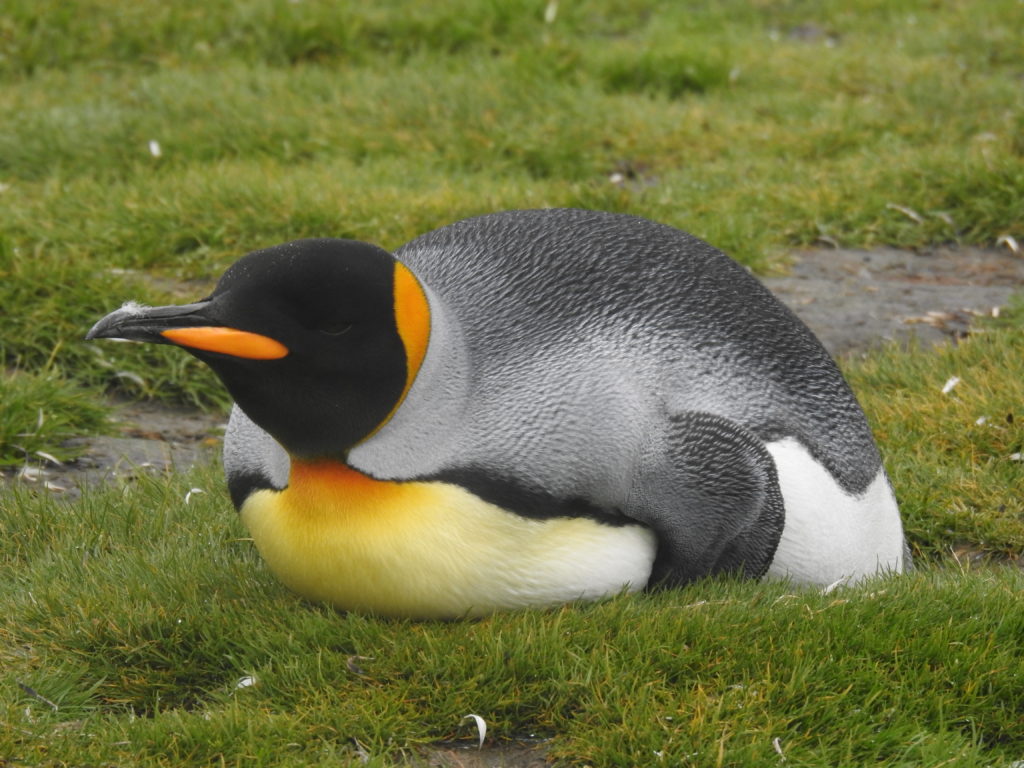
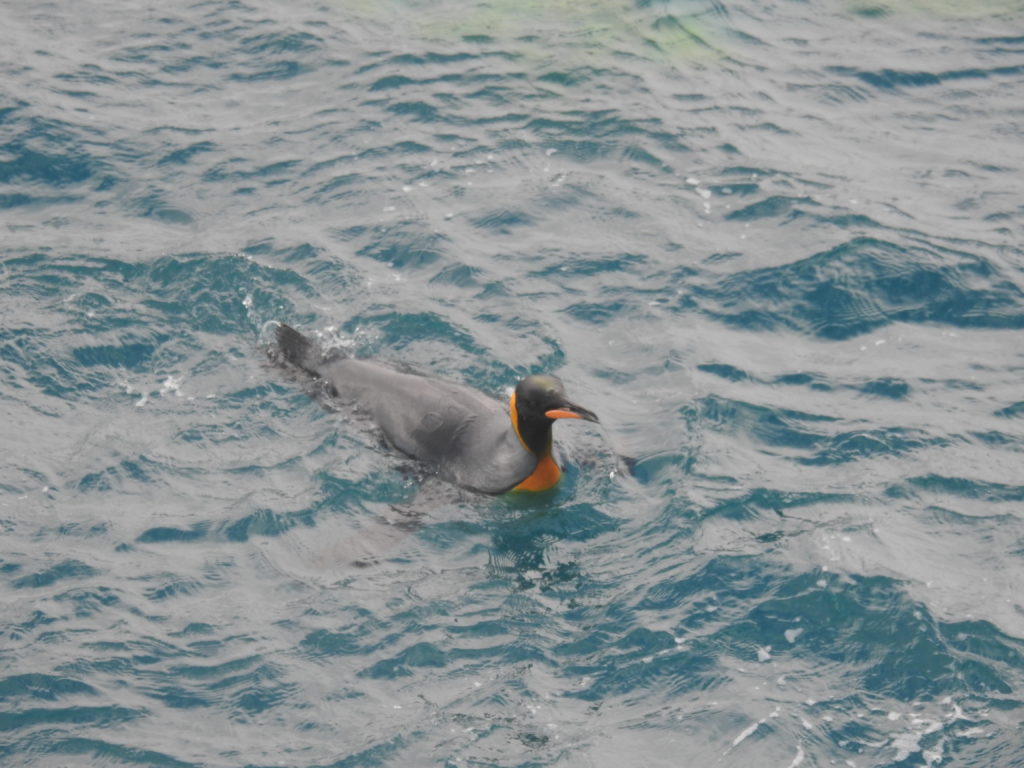

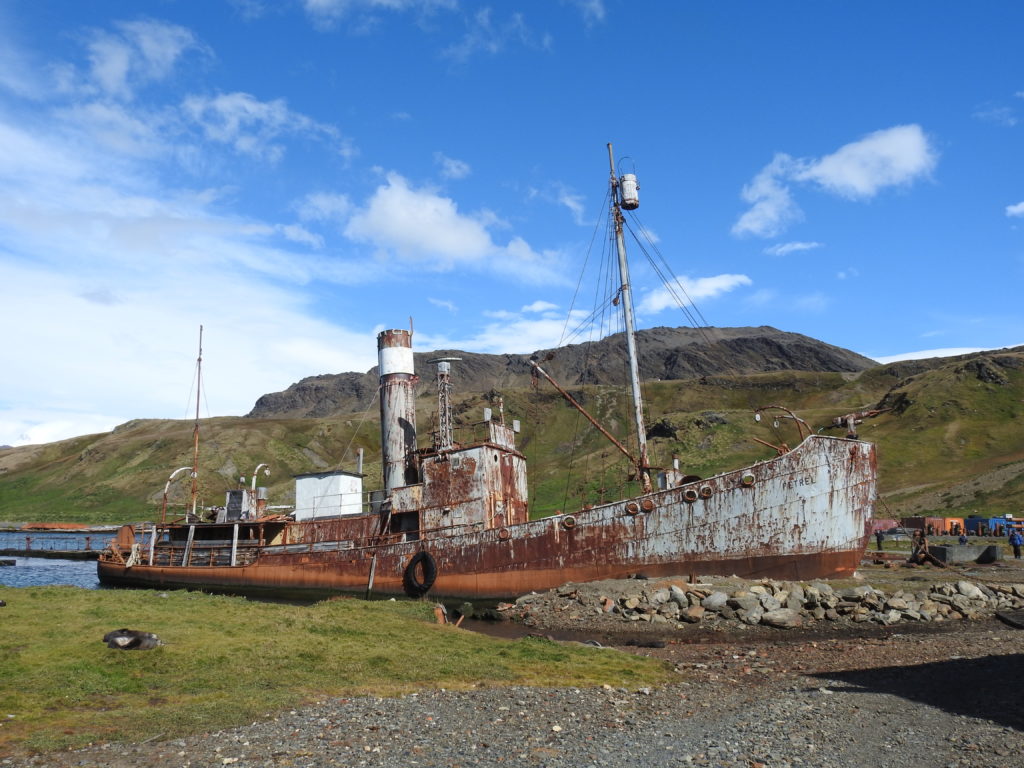
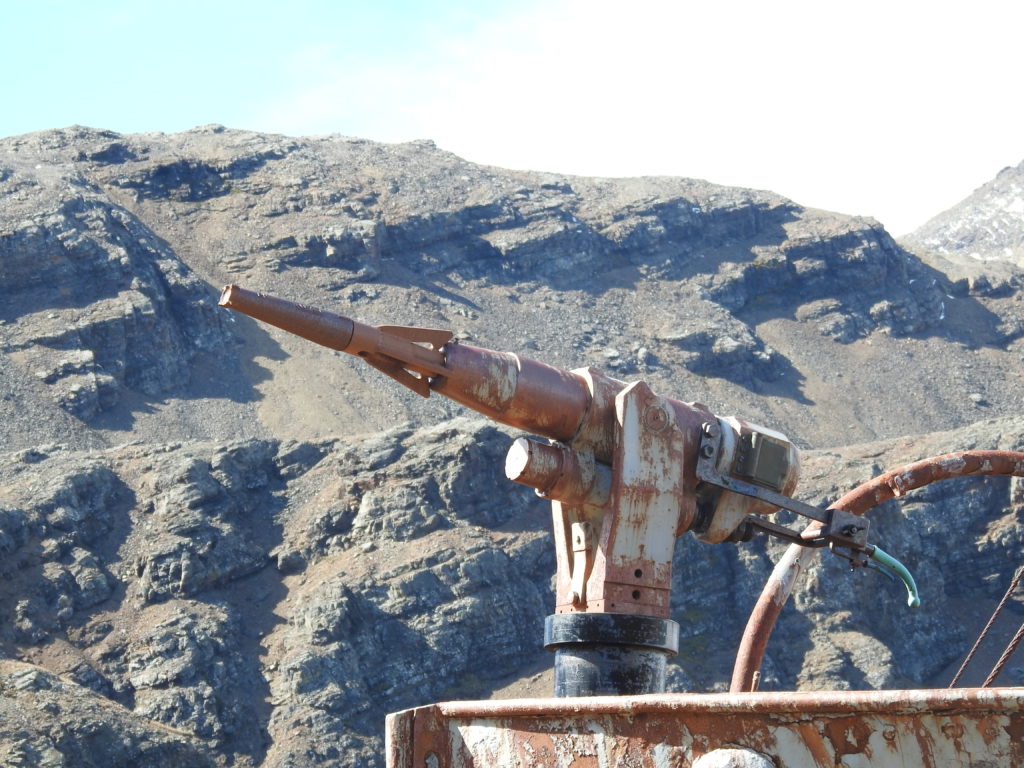
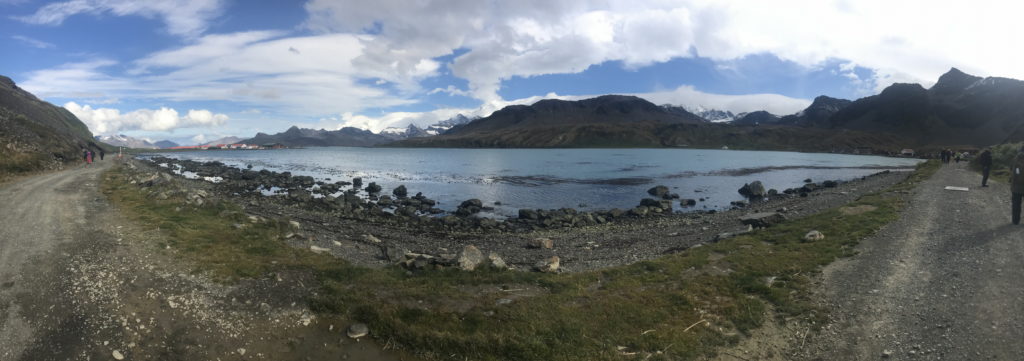




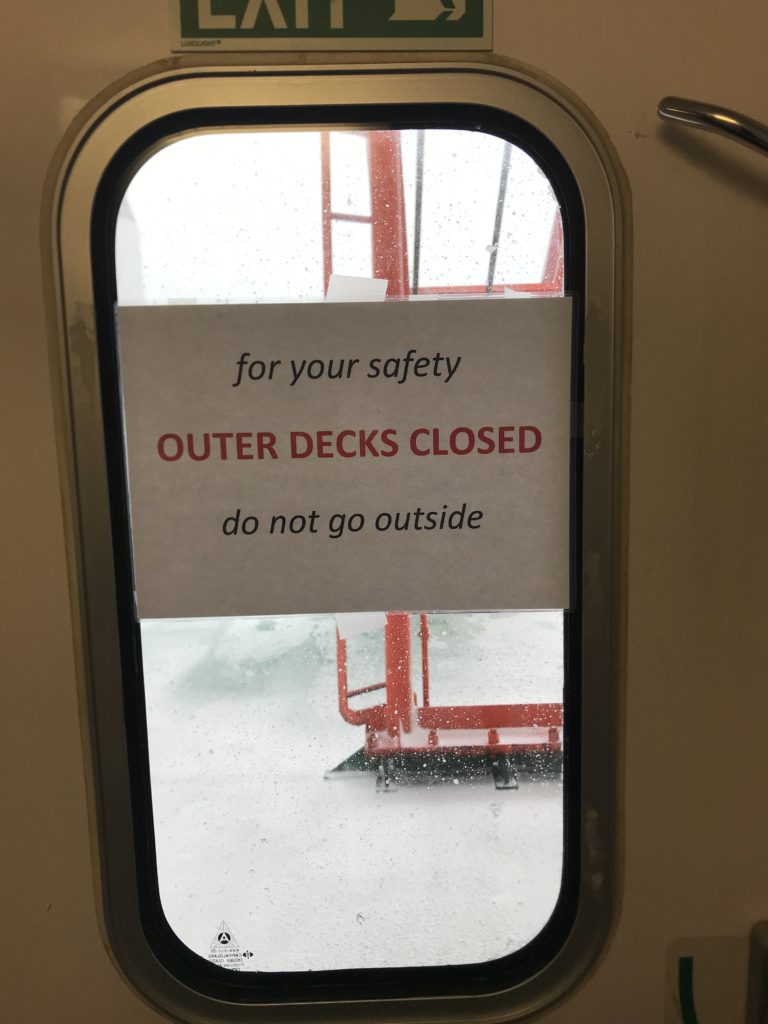
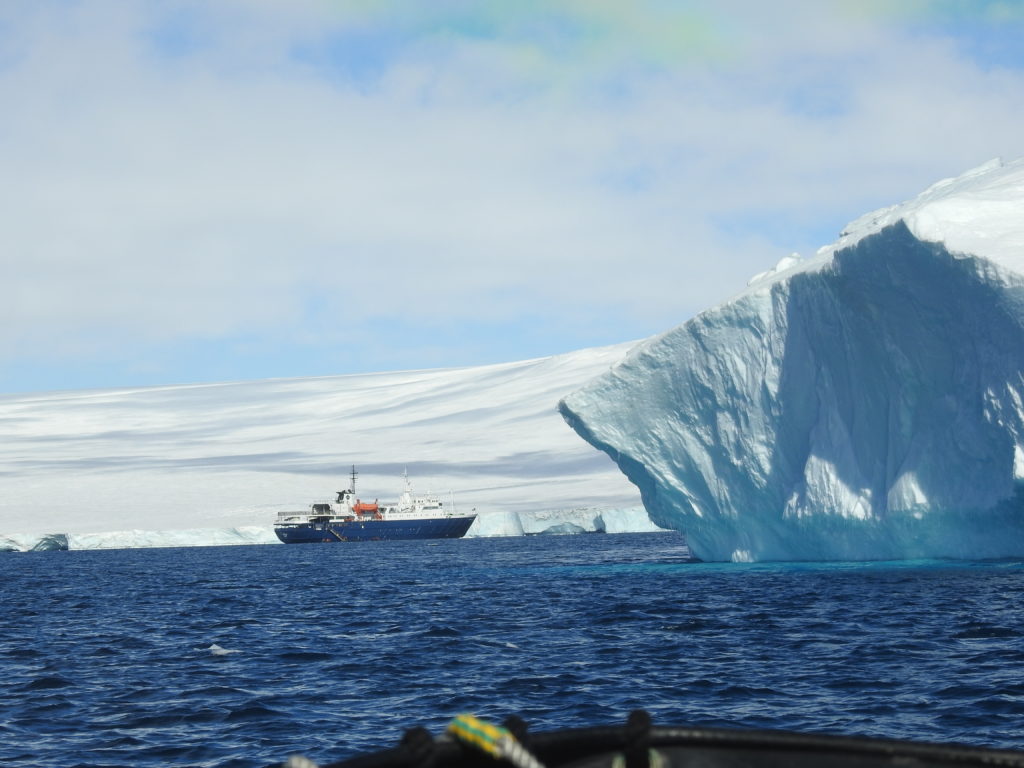

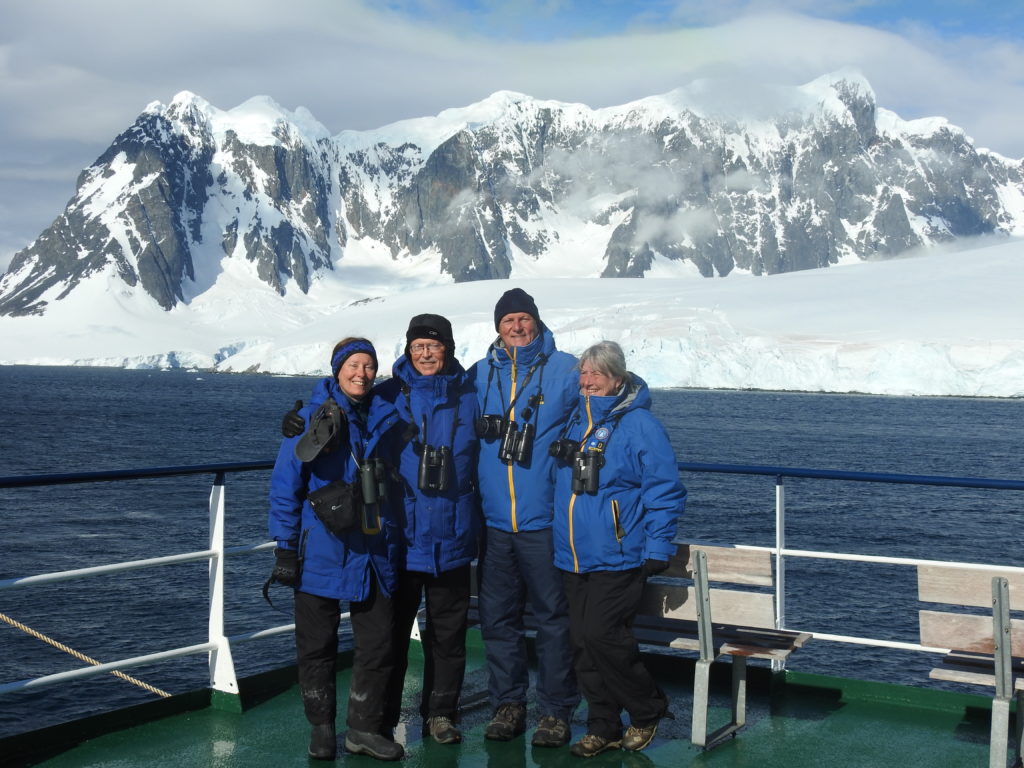
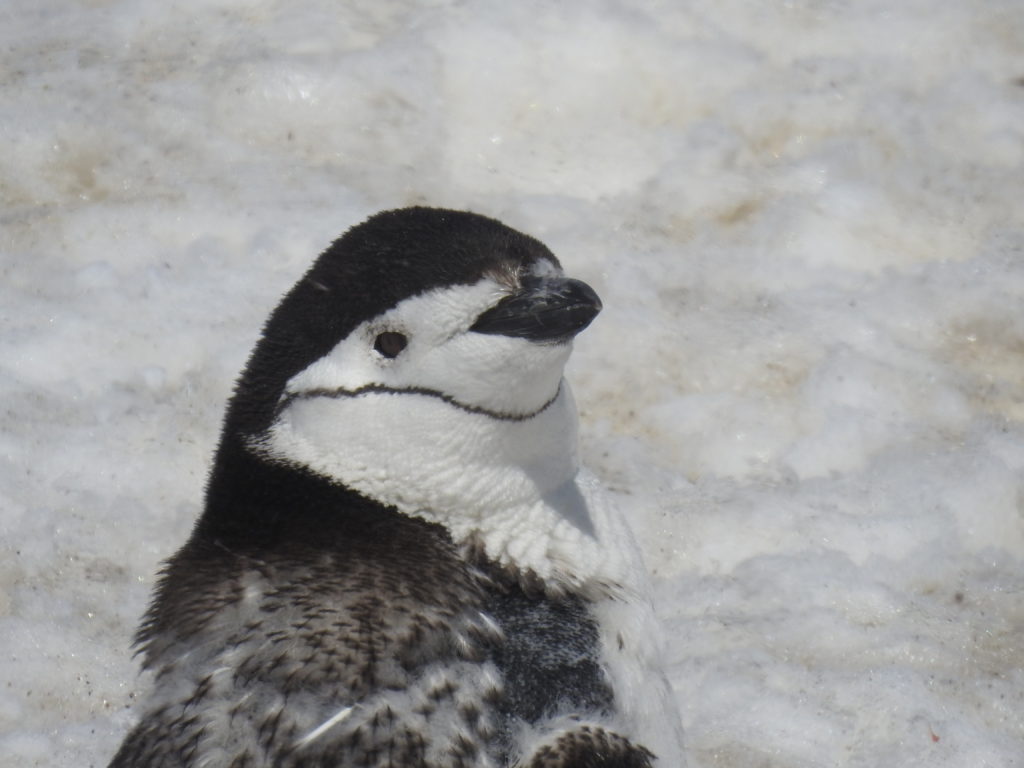
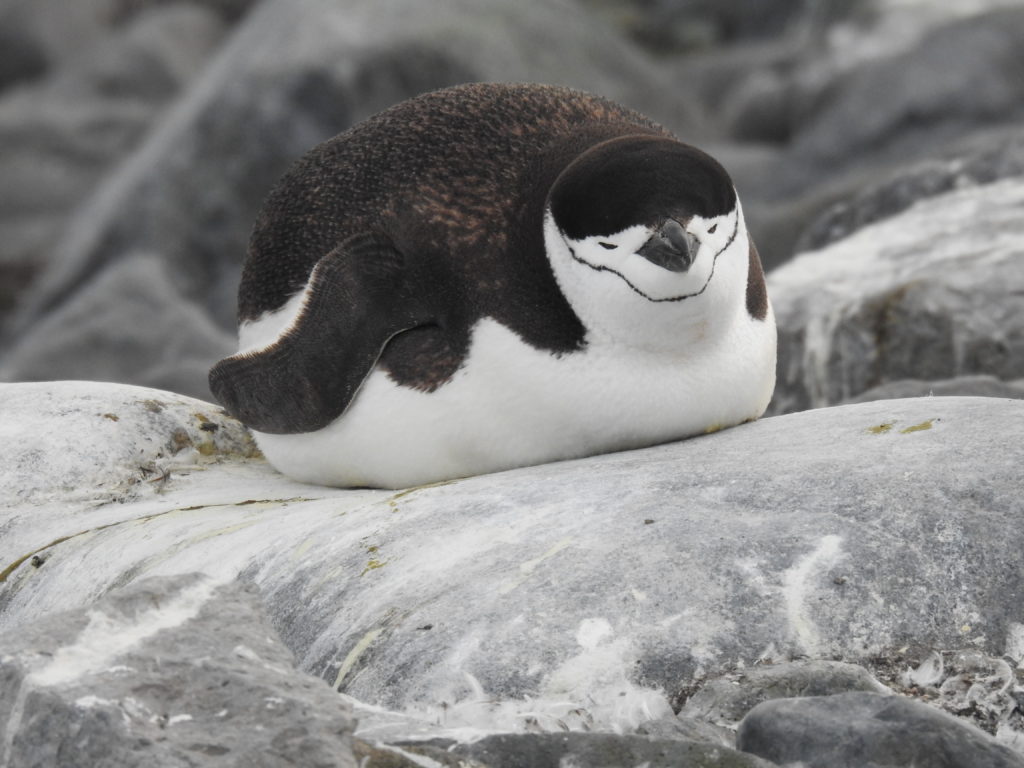
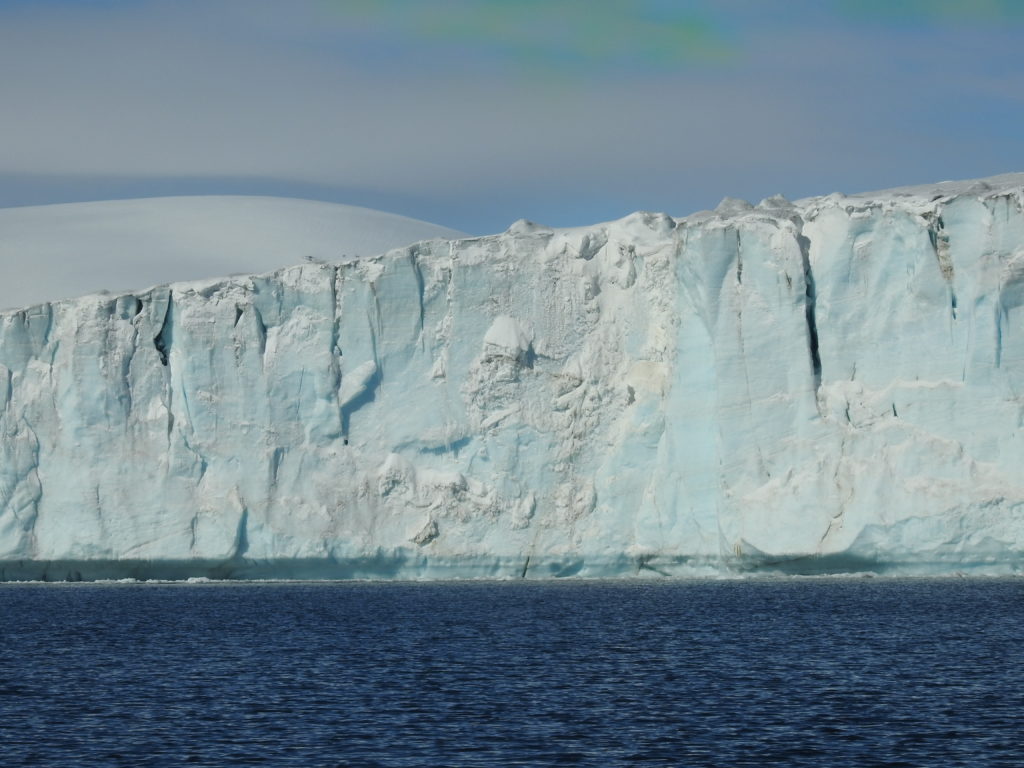
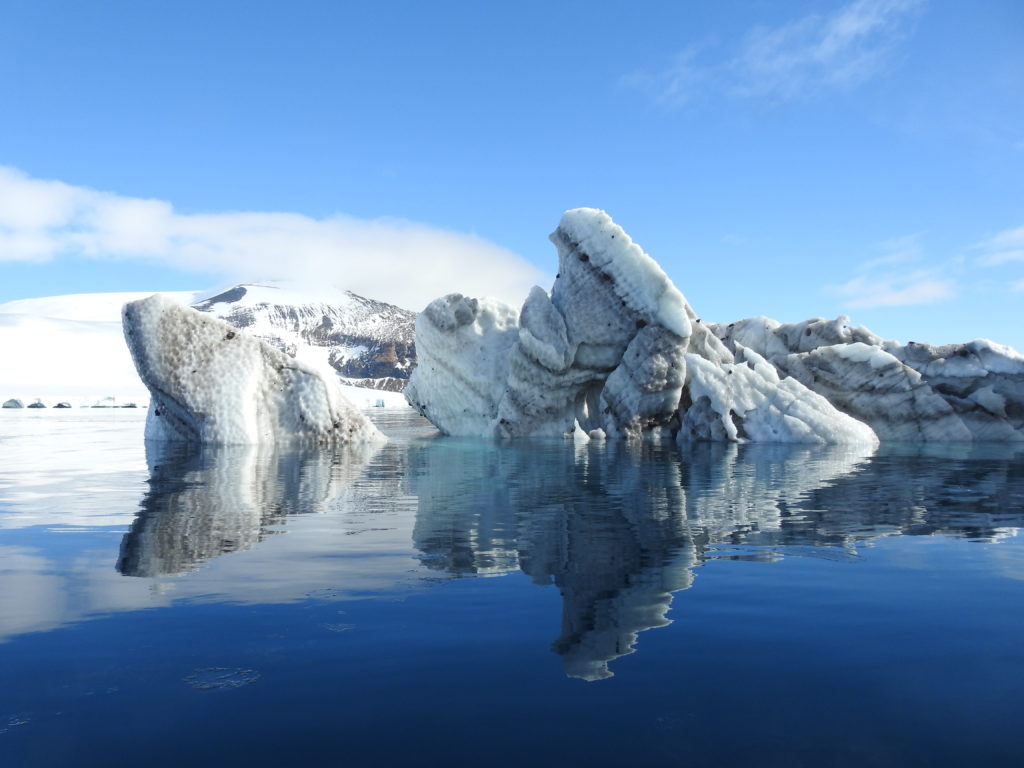
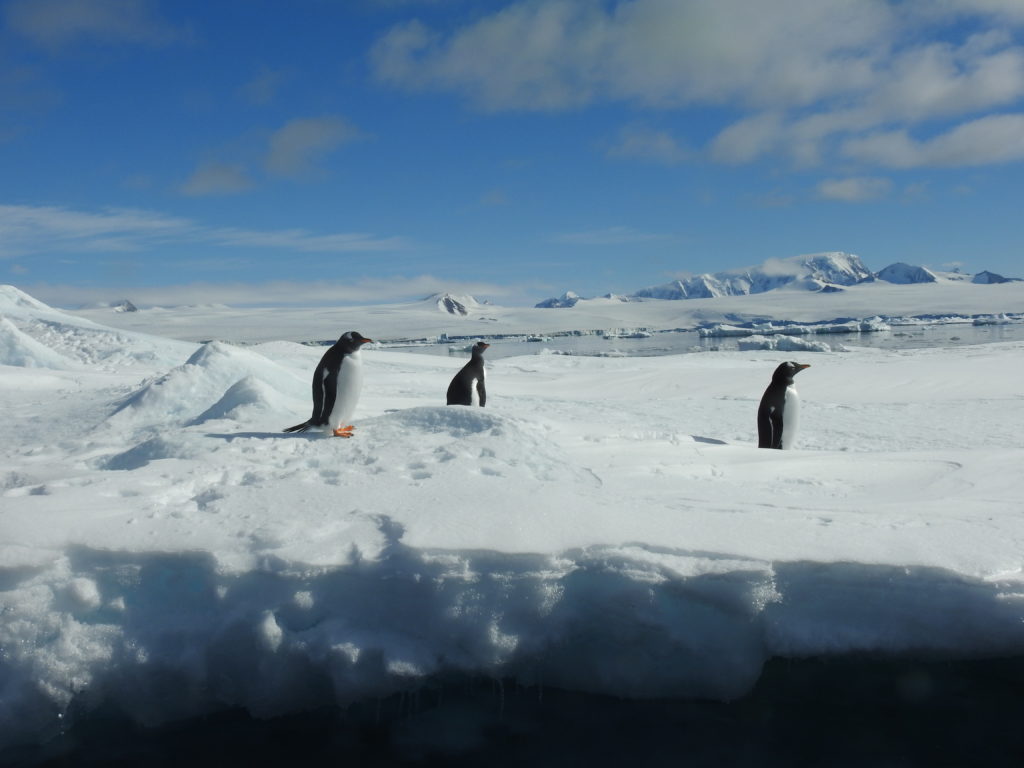



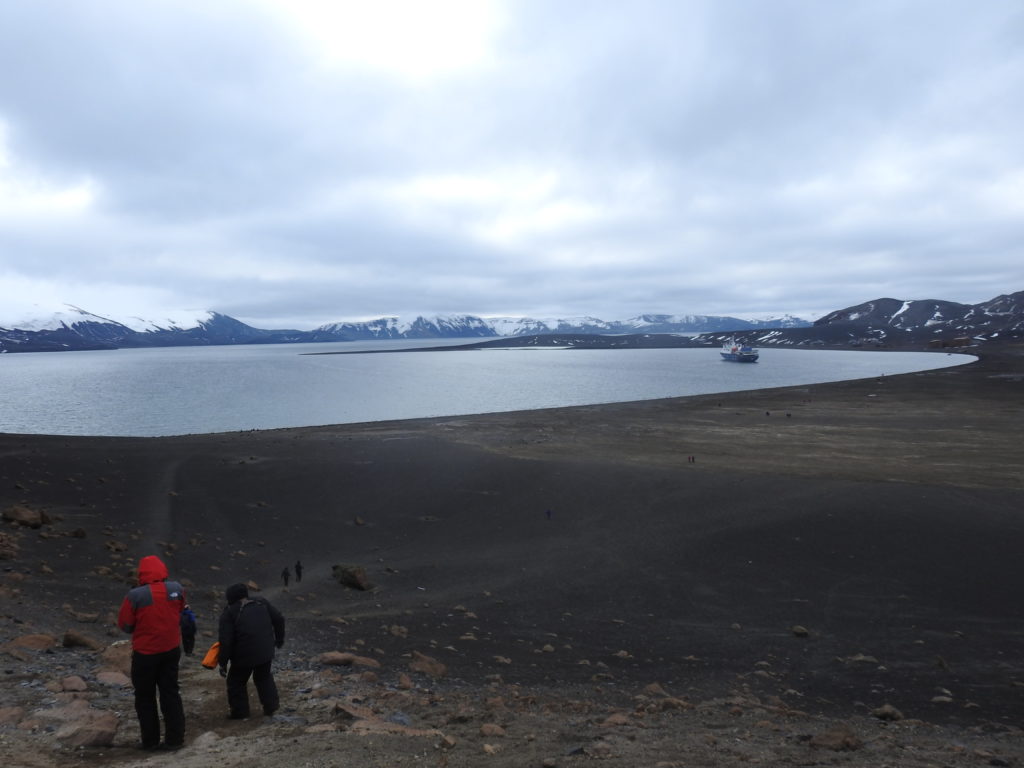


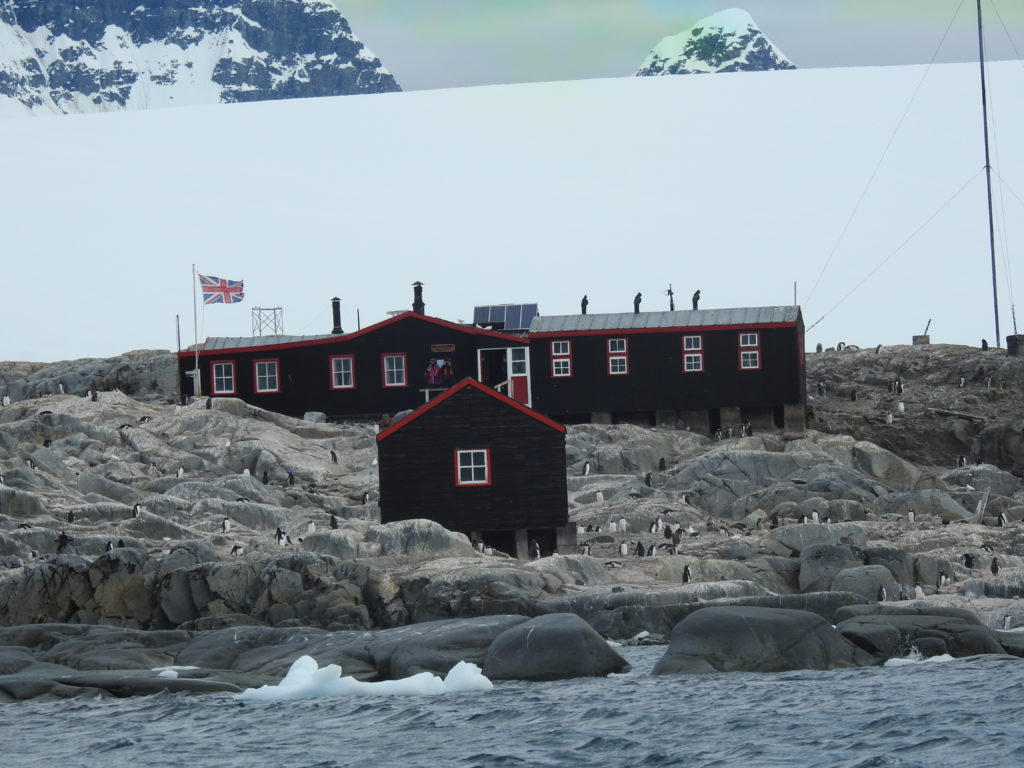


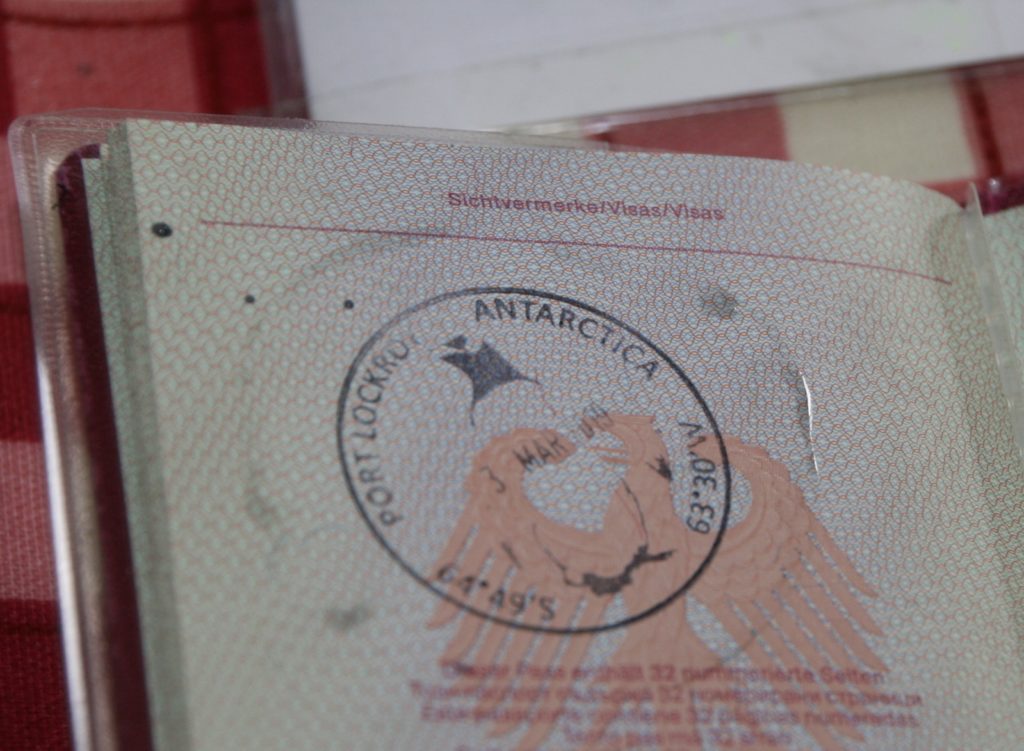
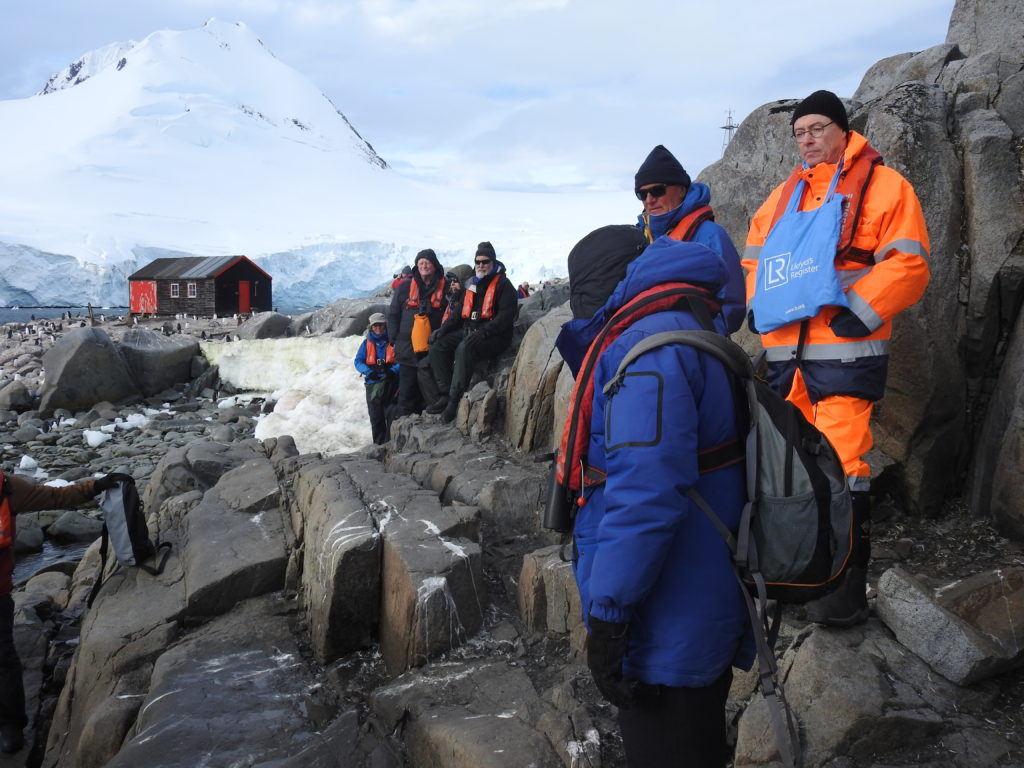



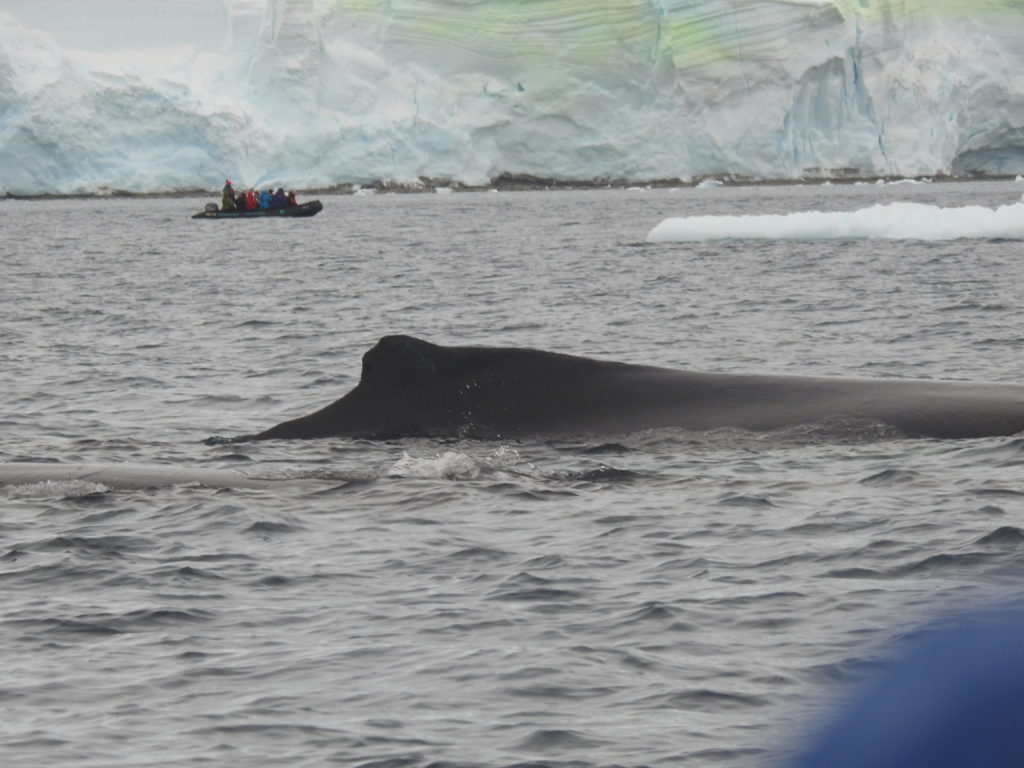

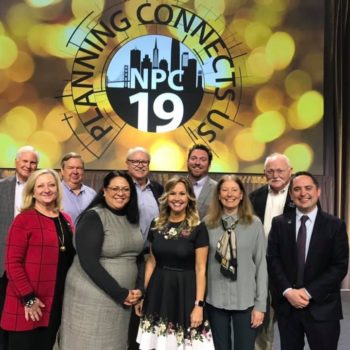
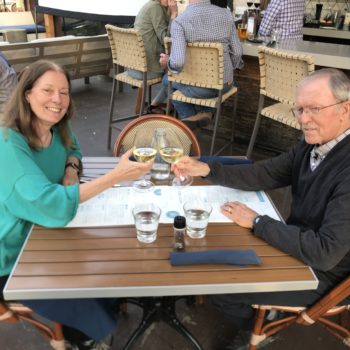
2 Comments